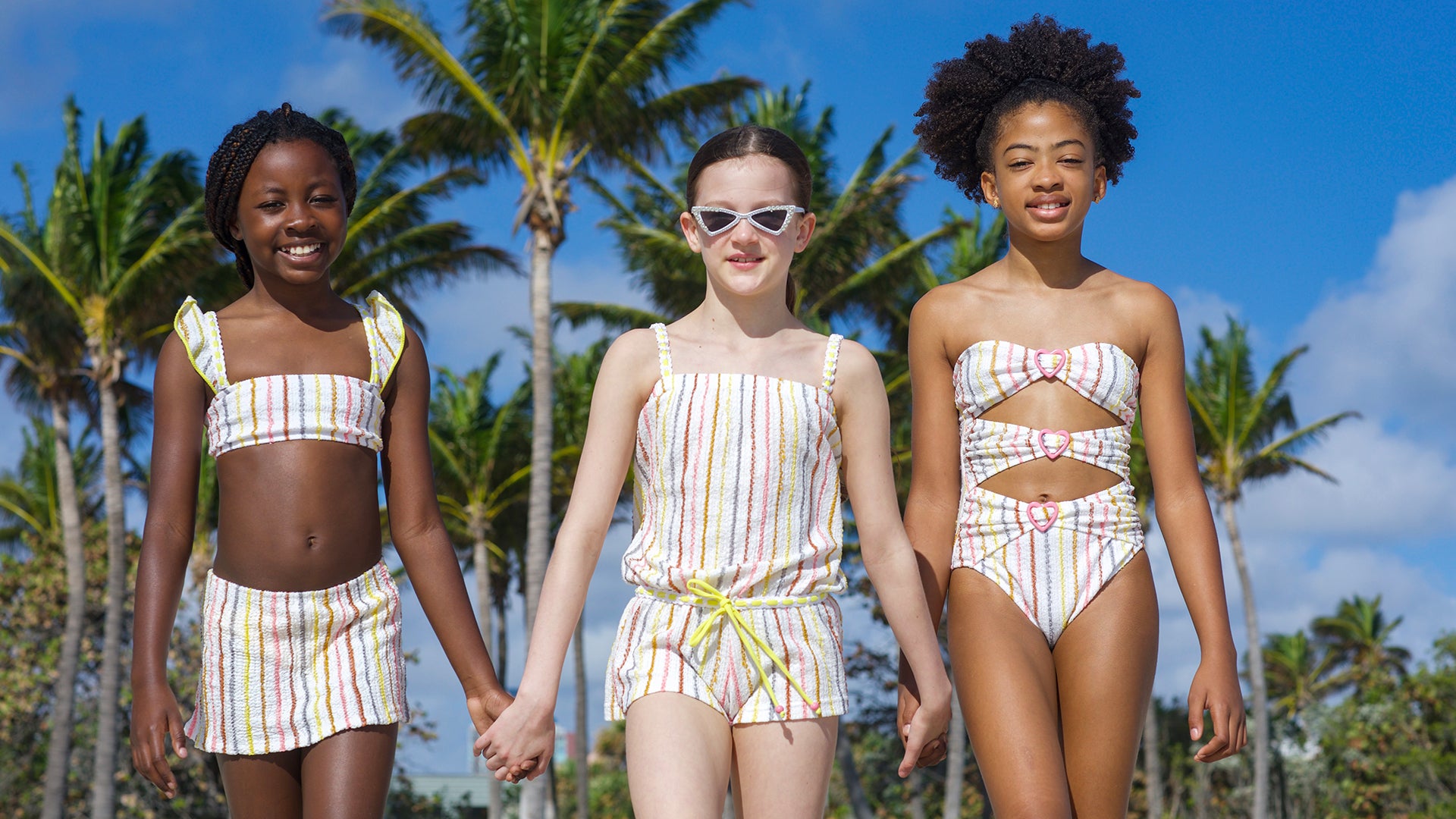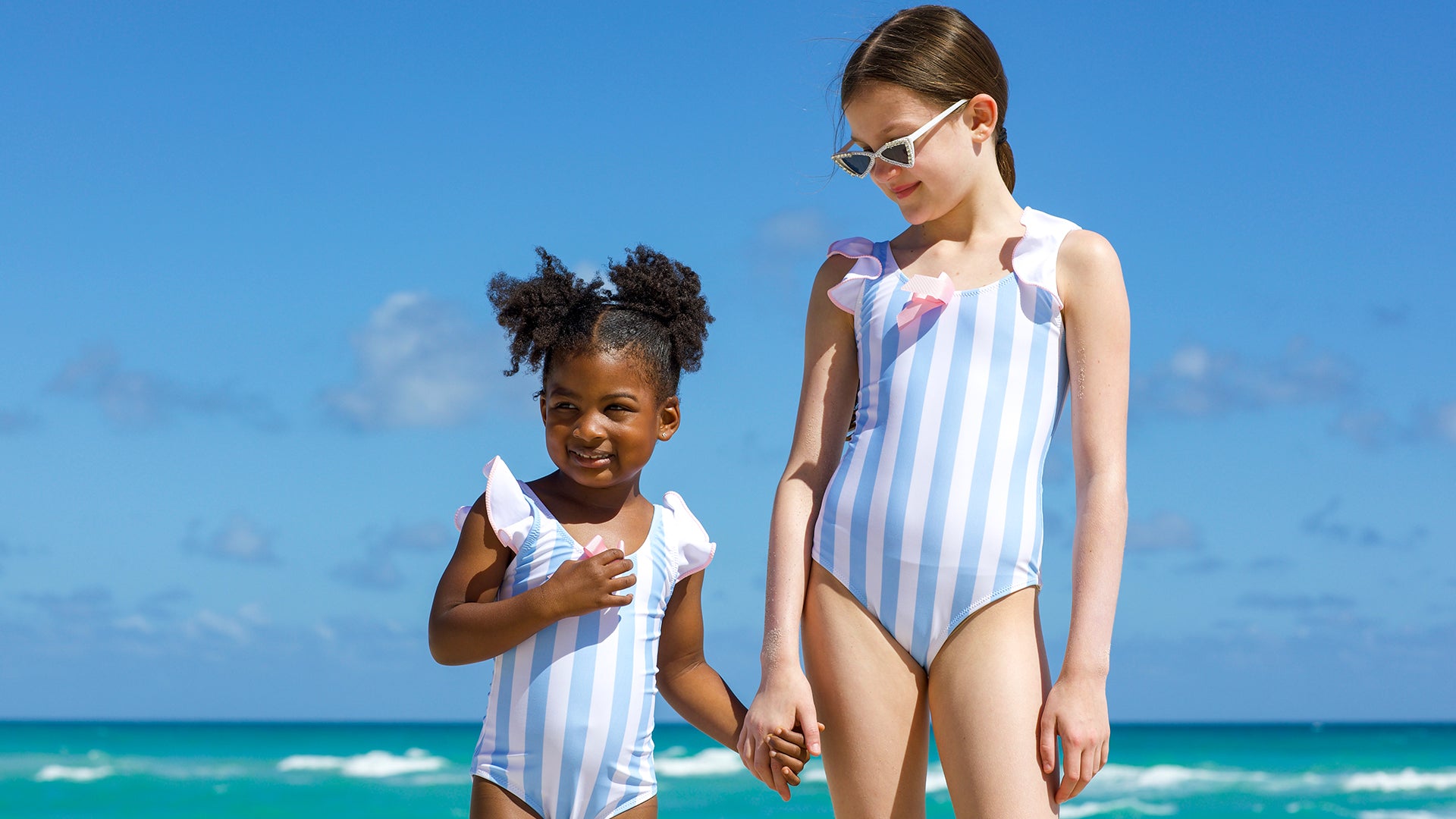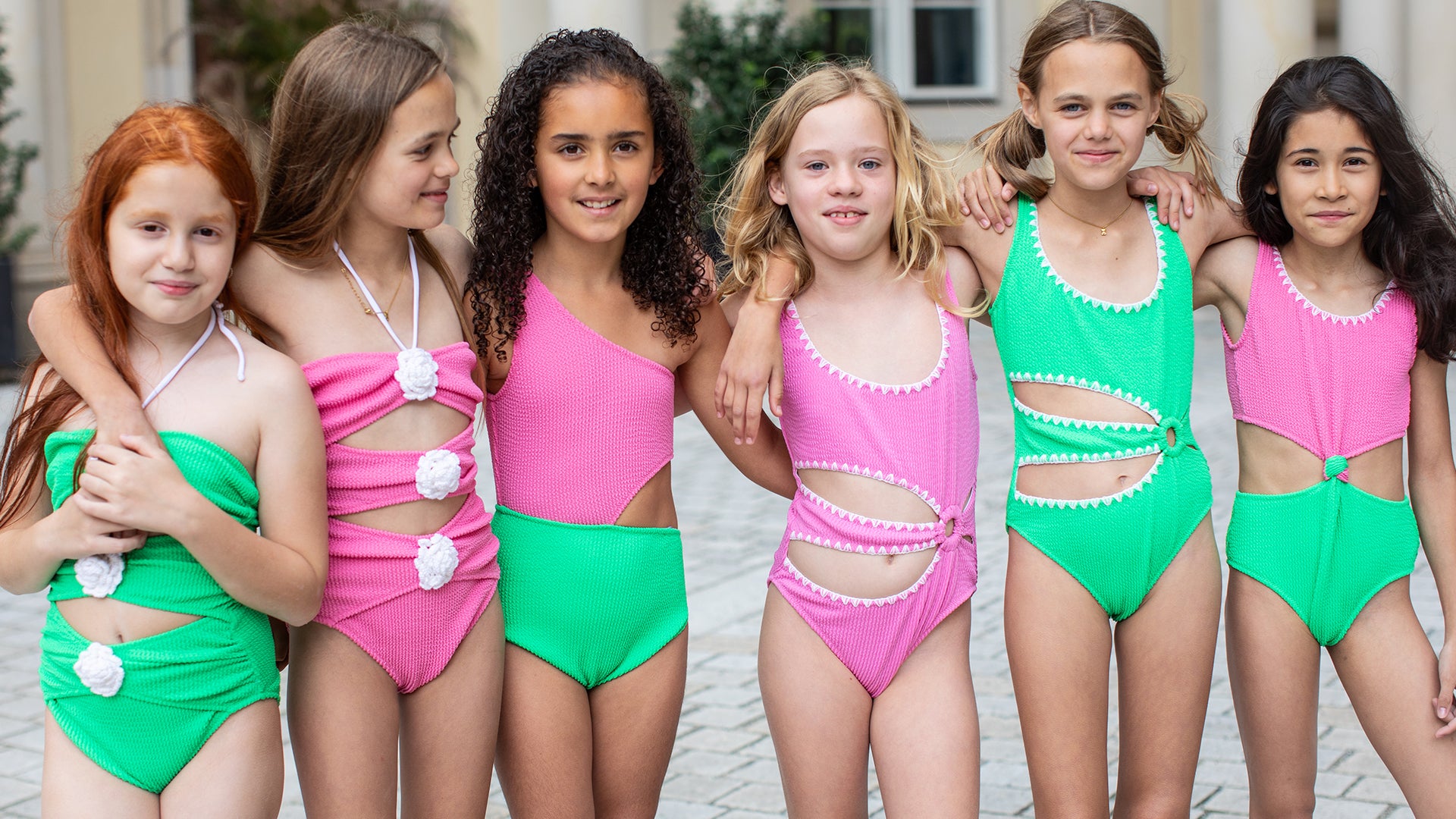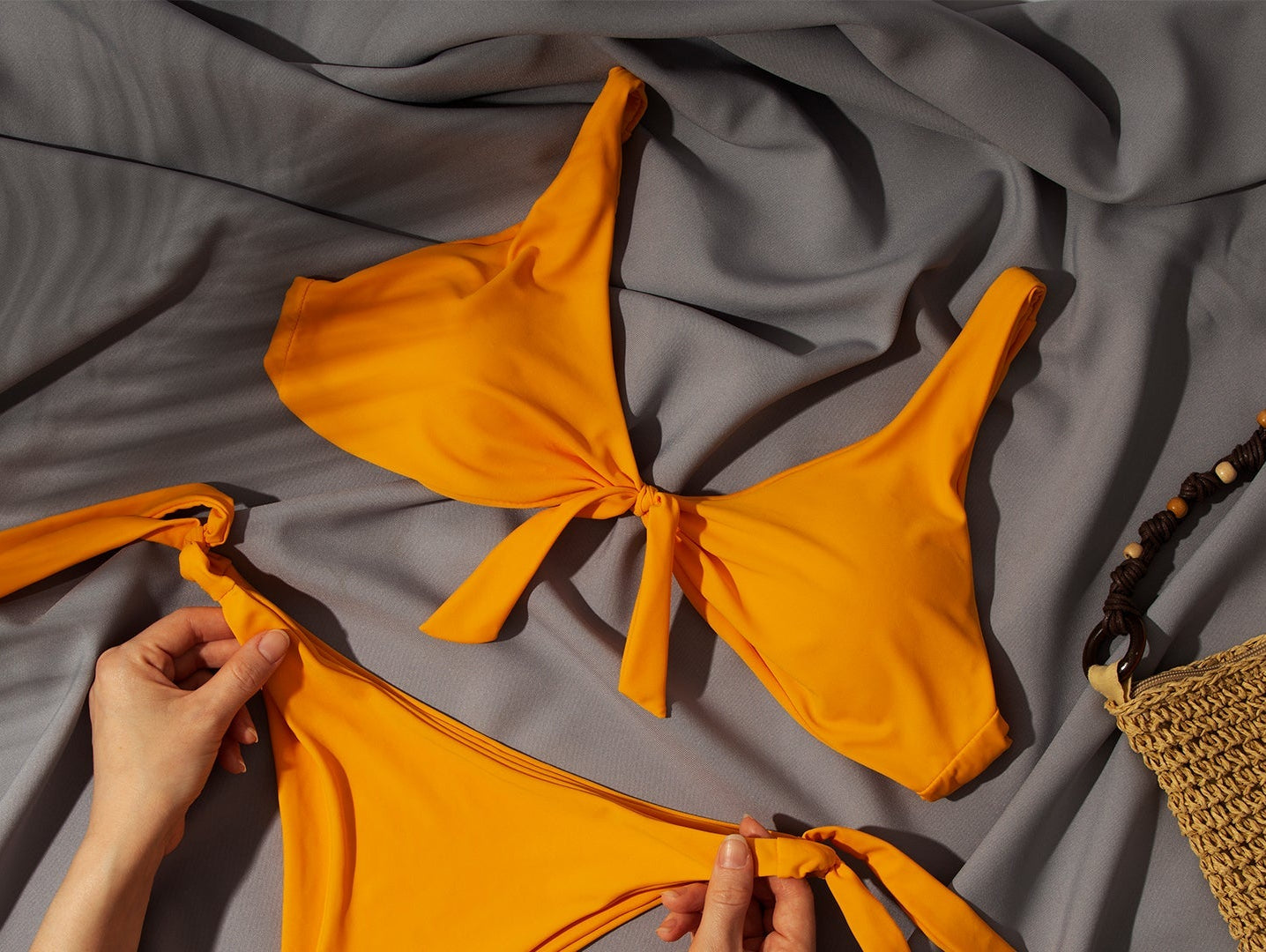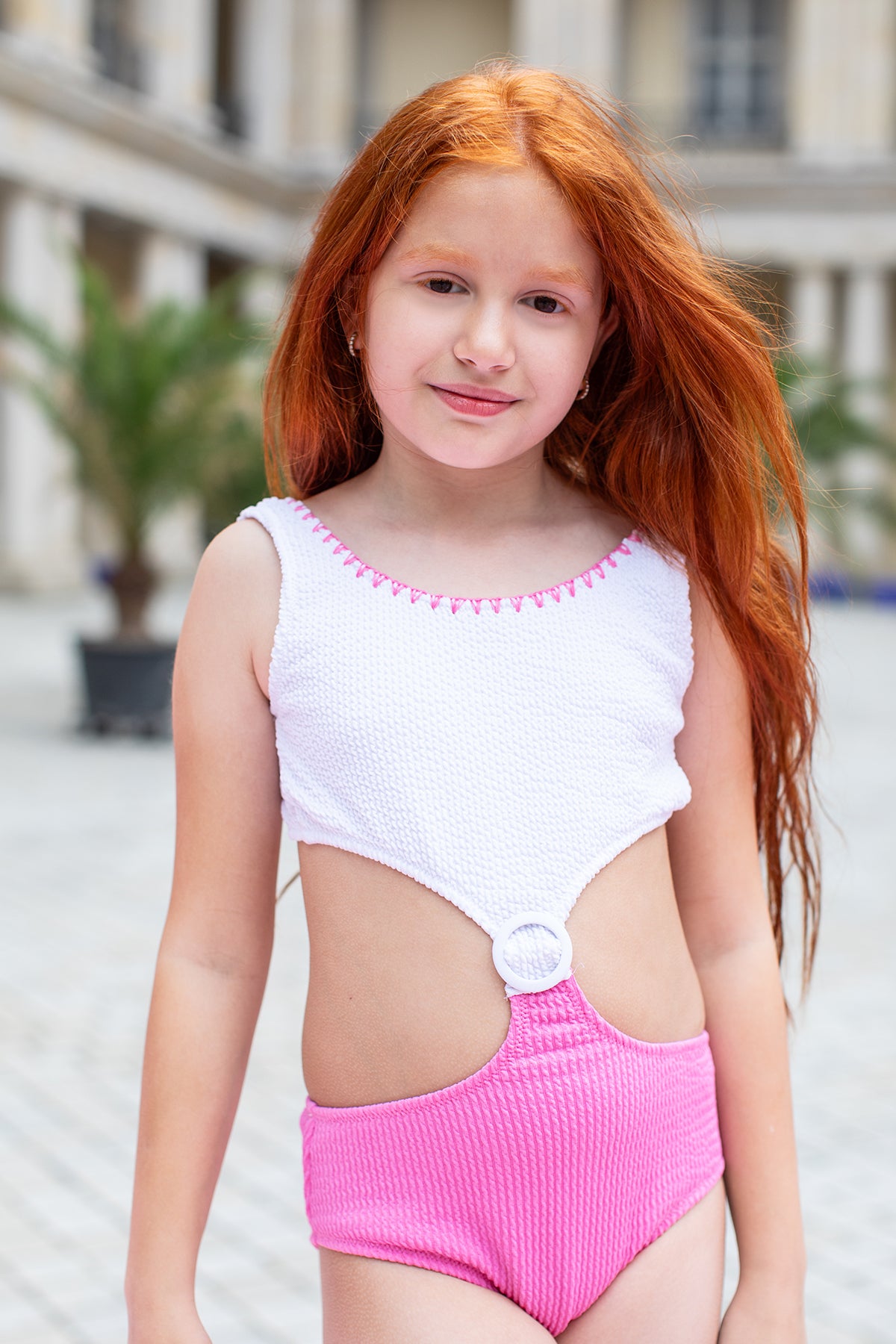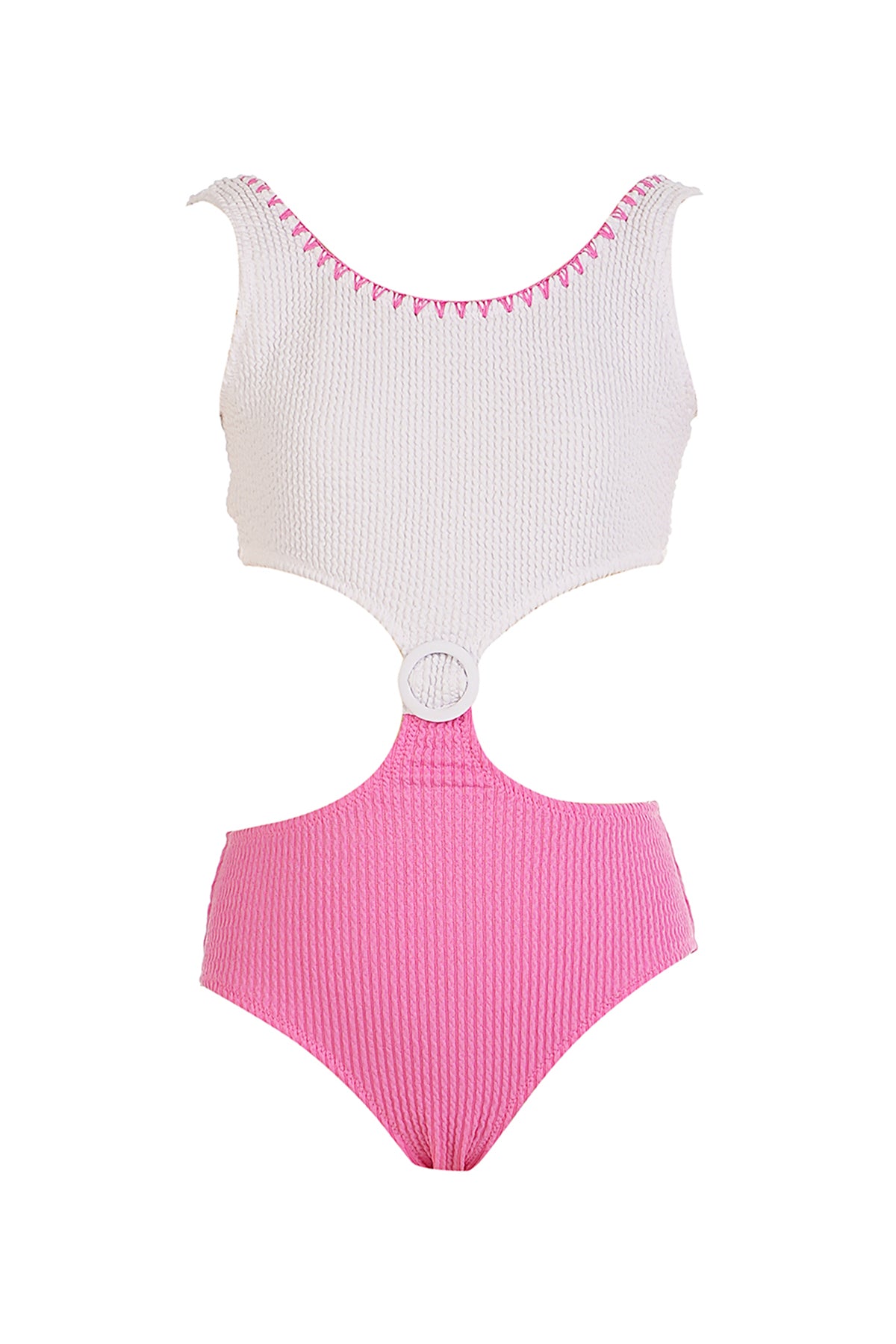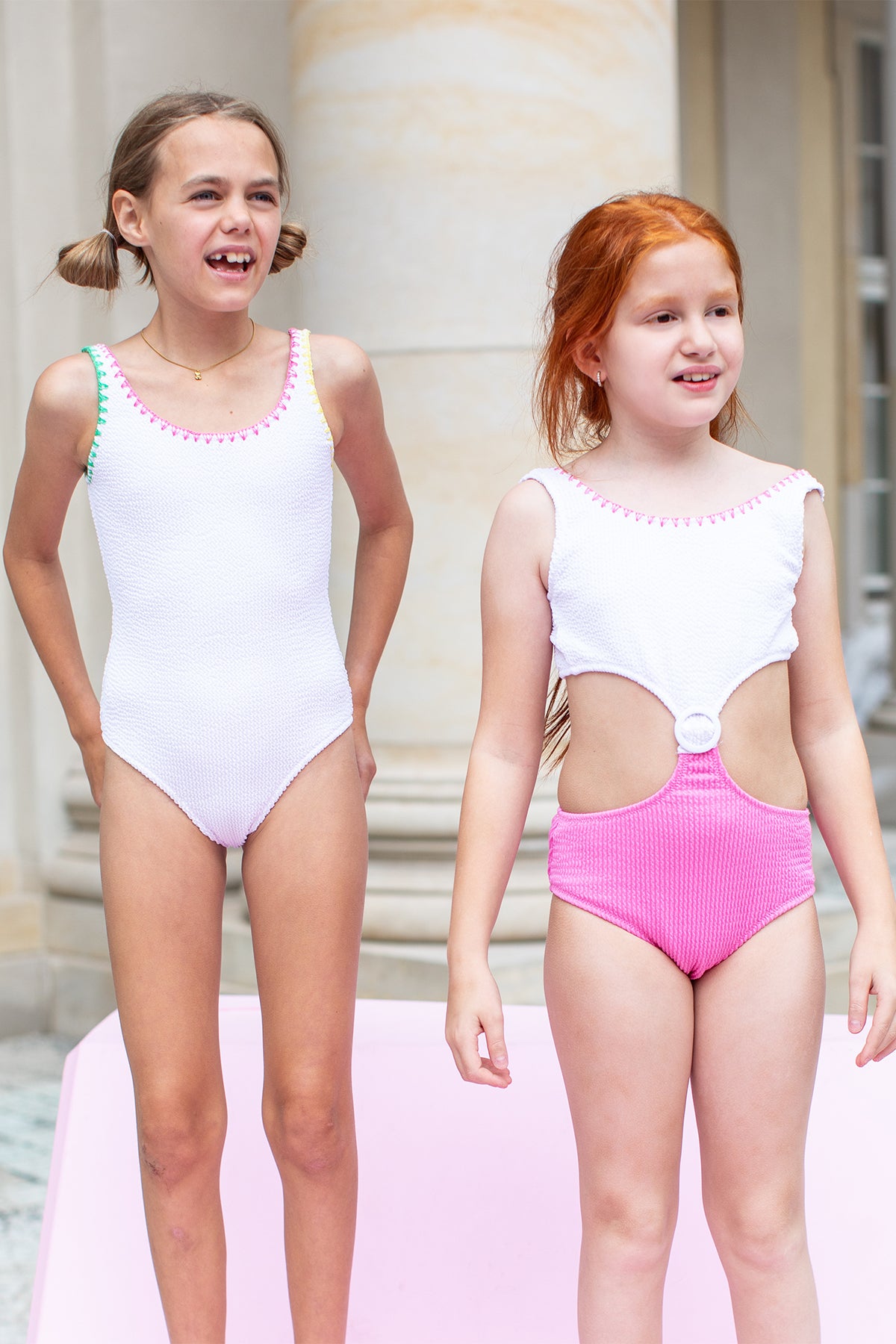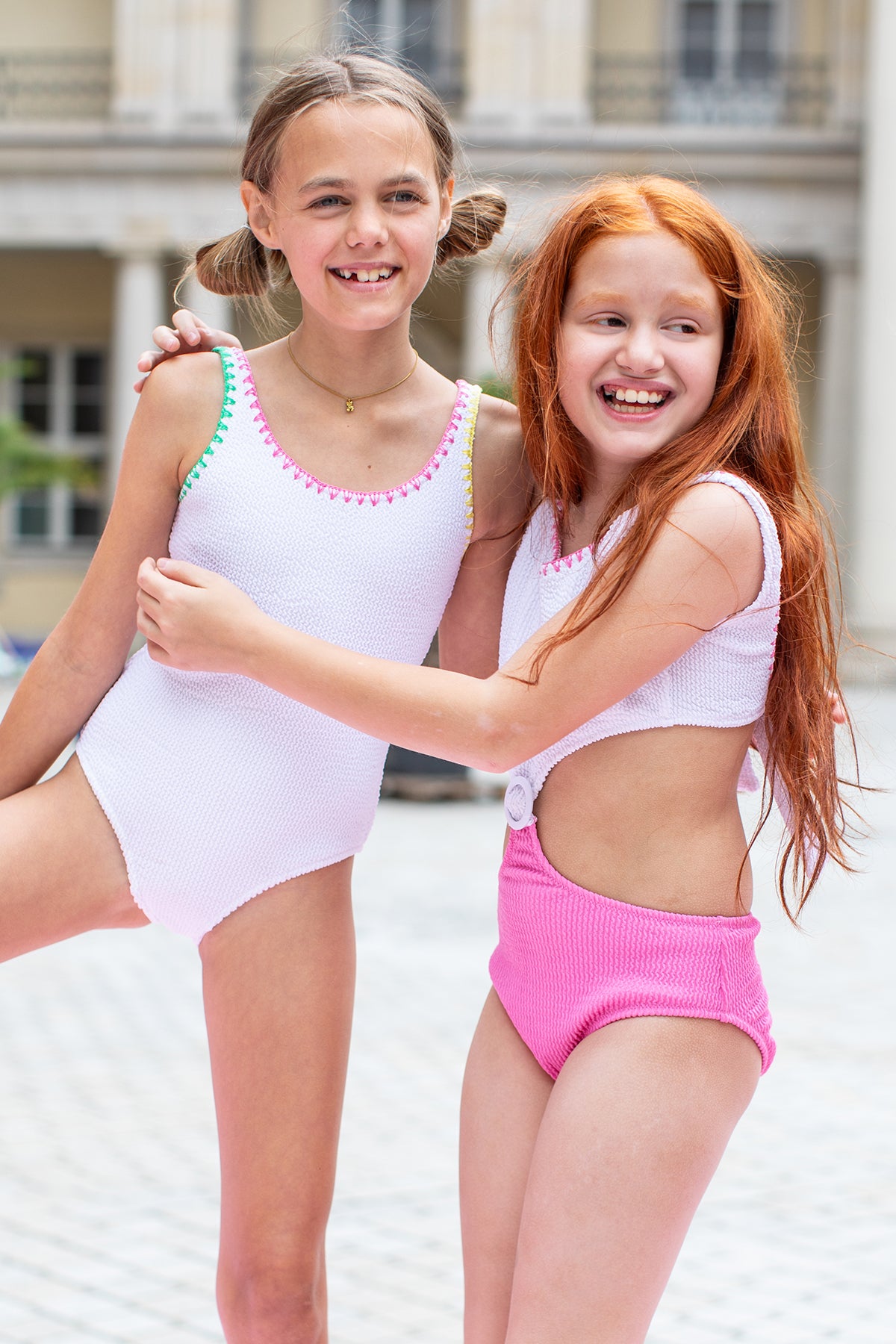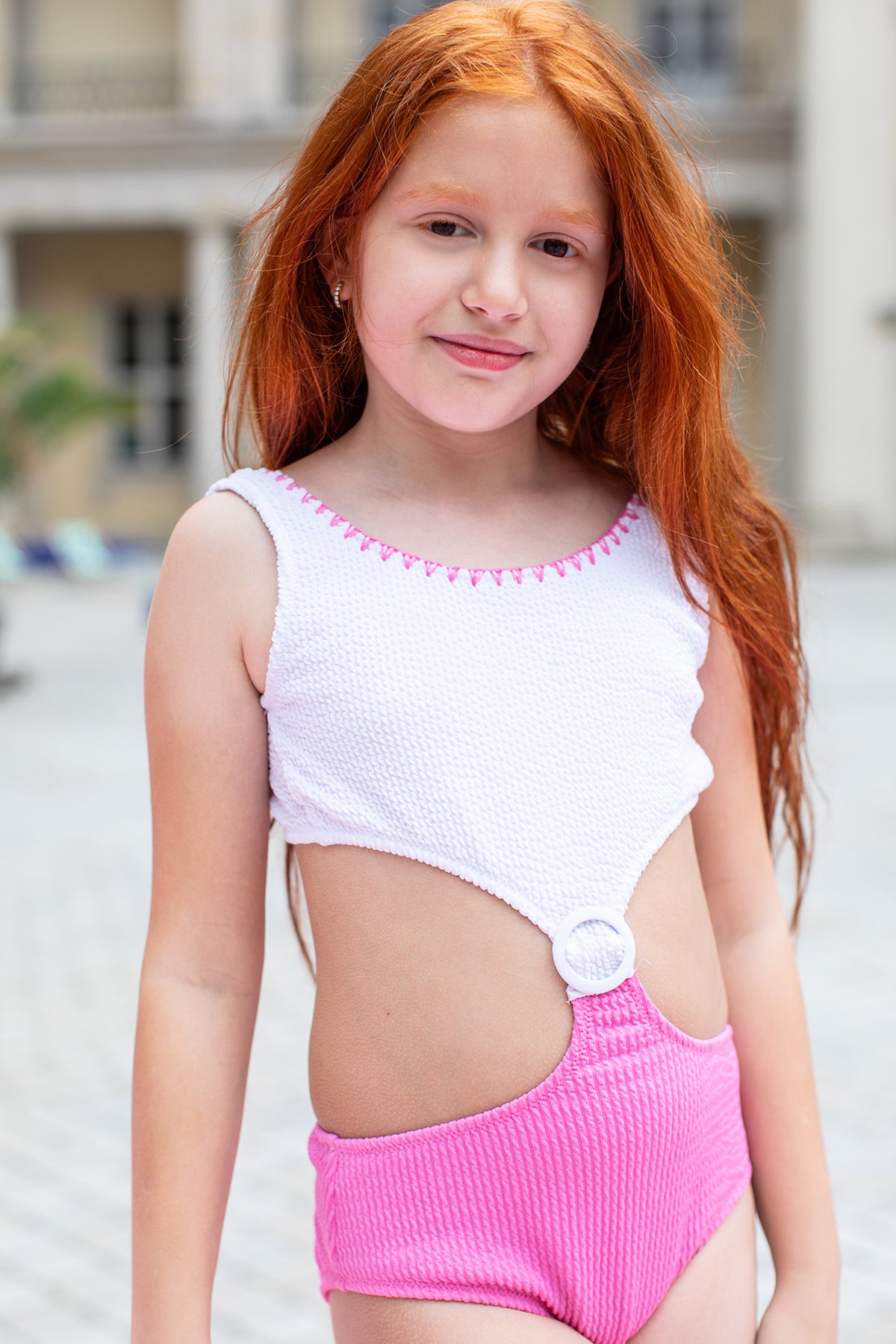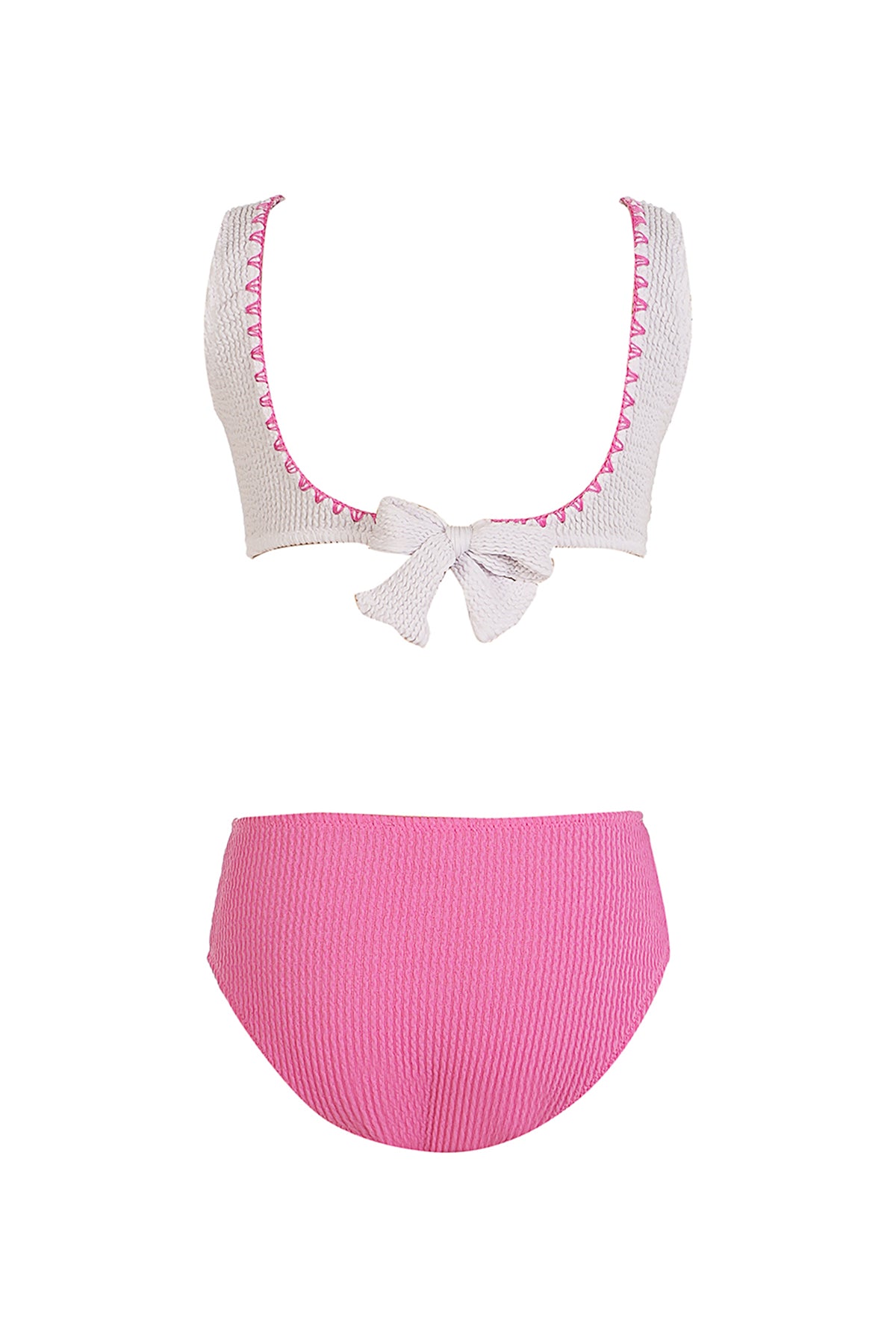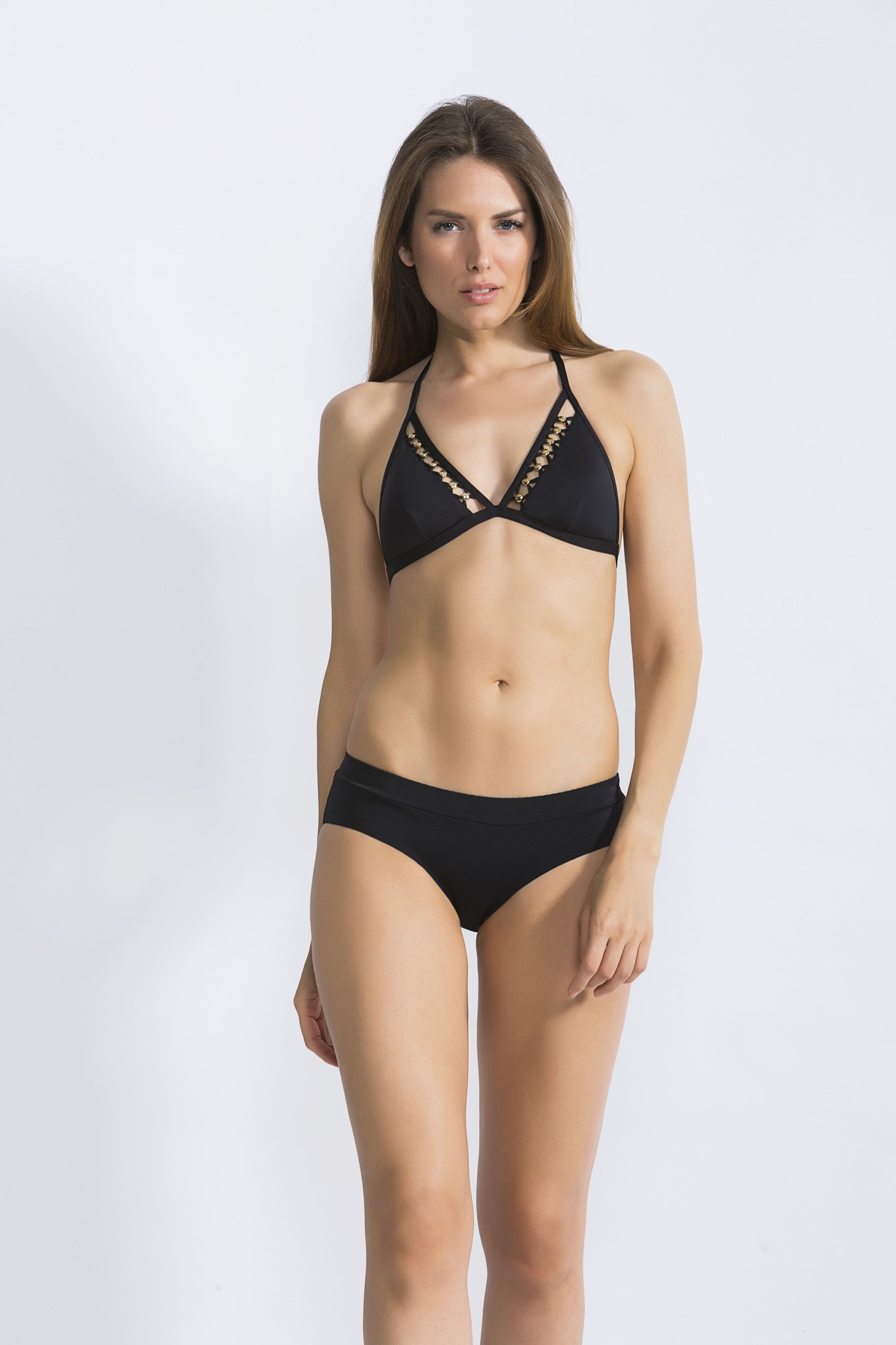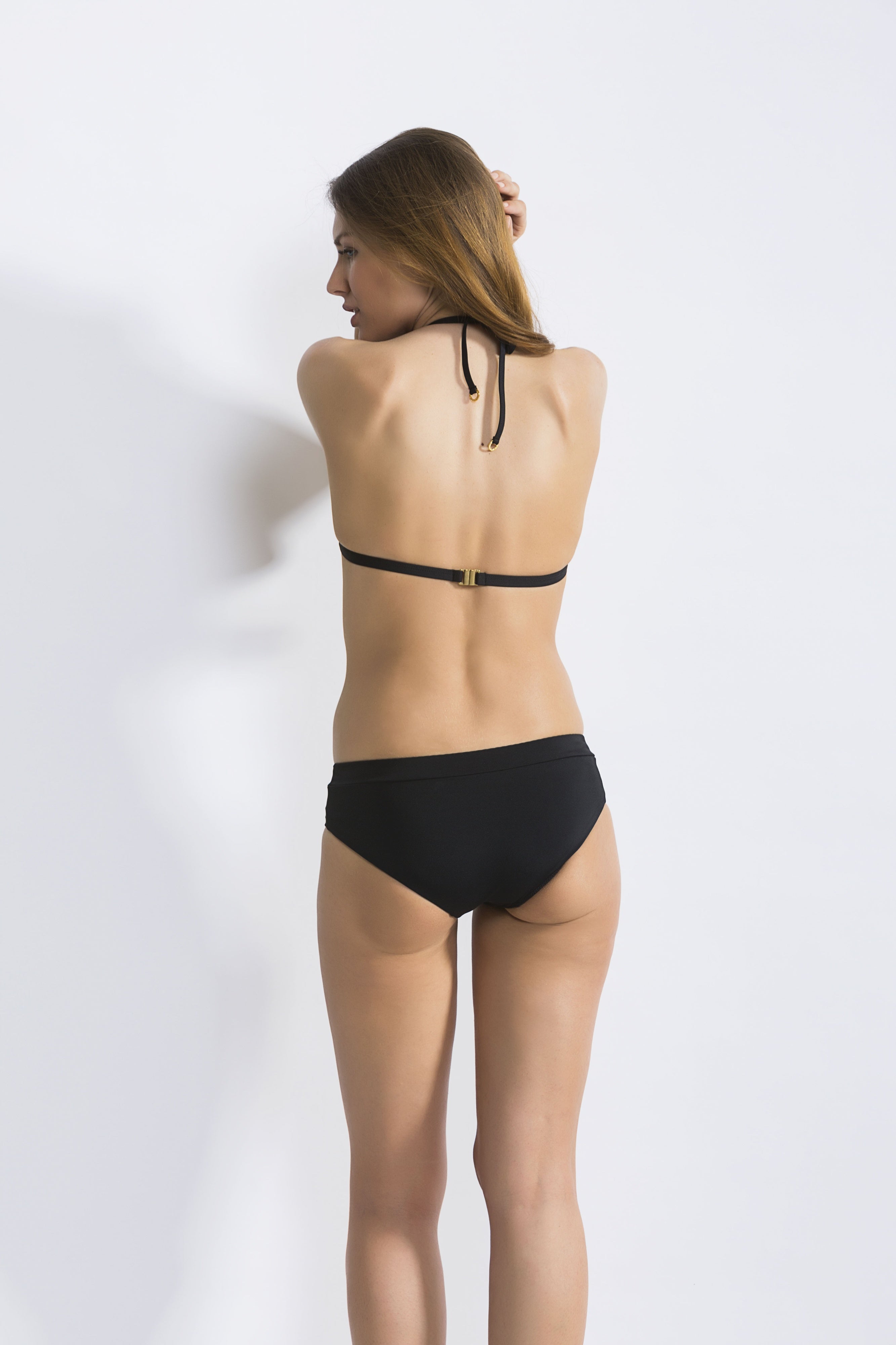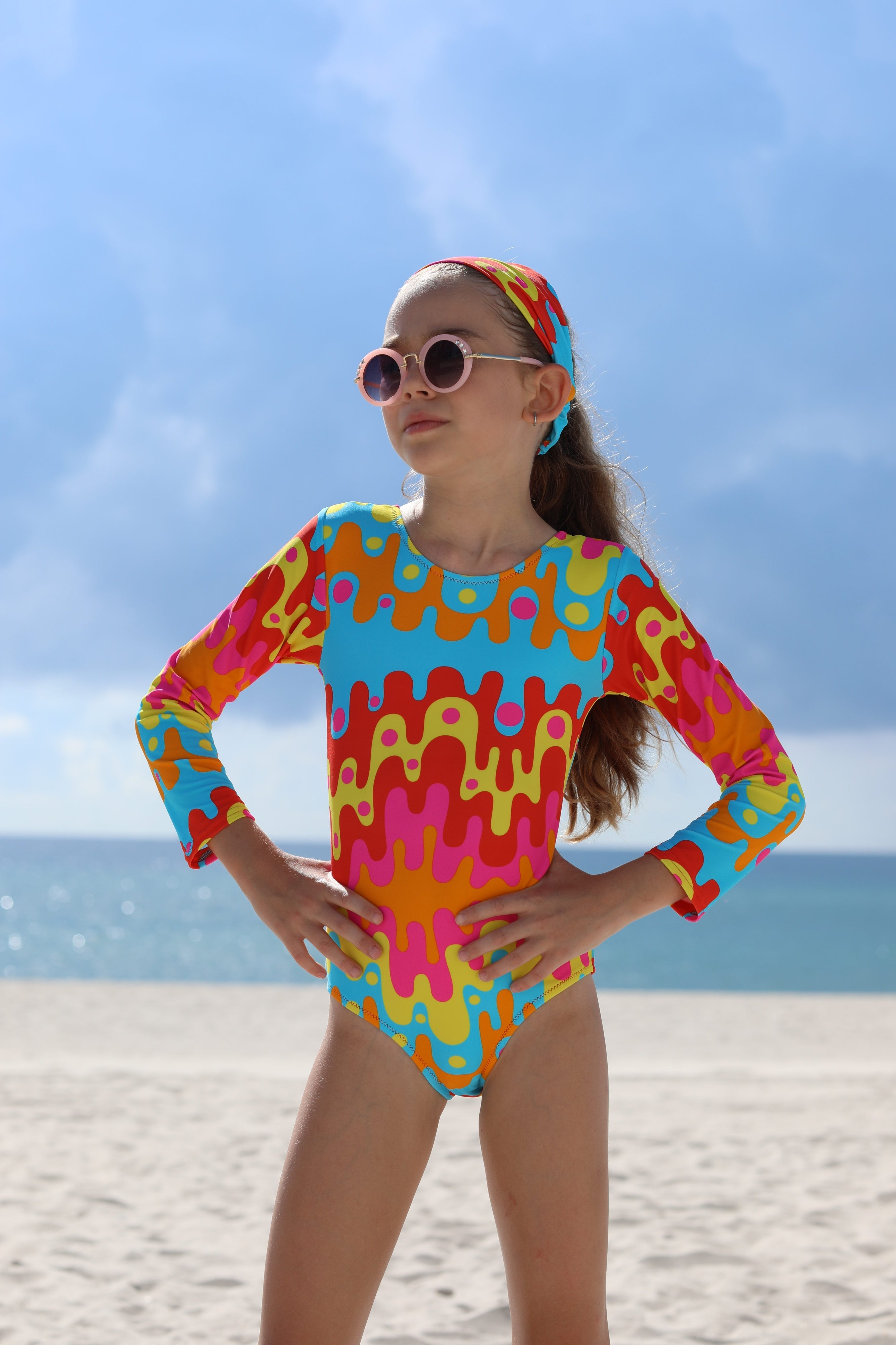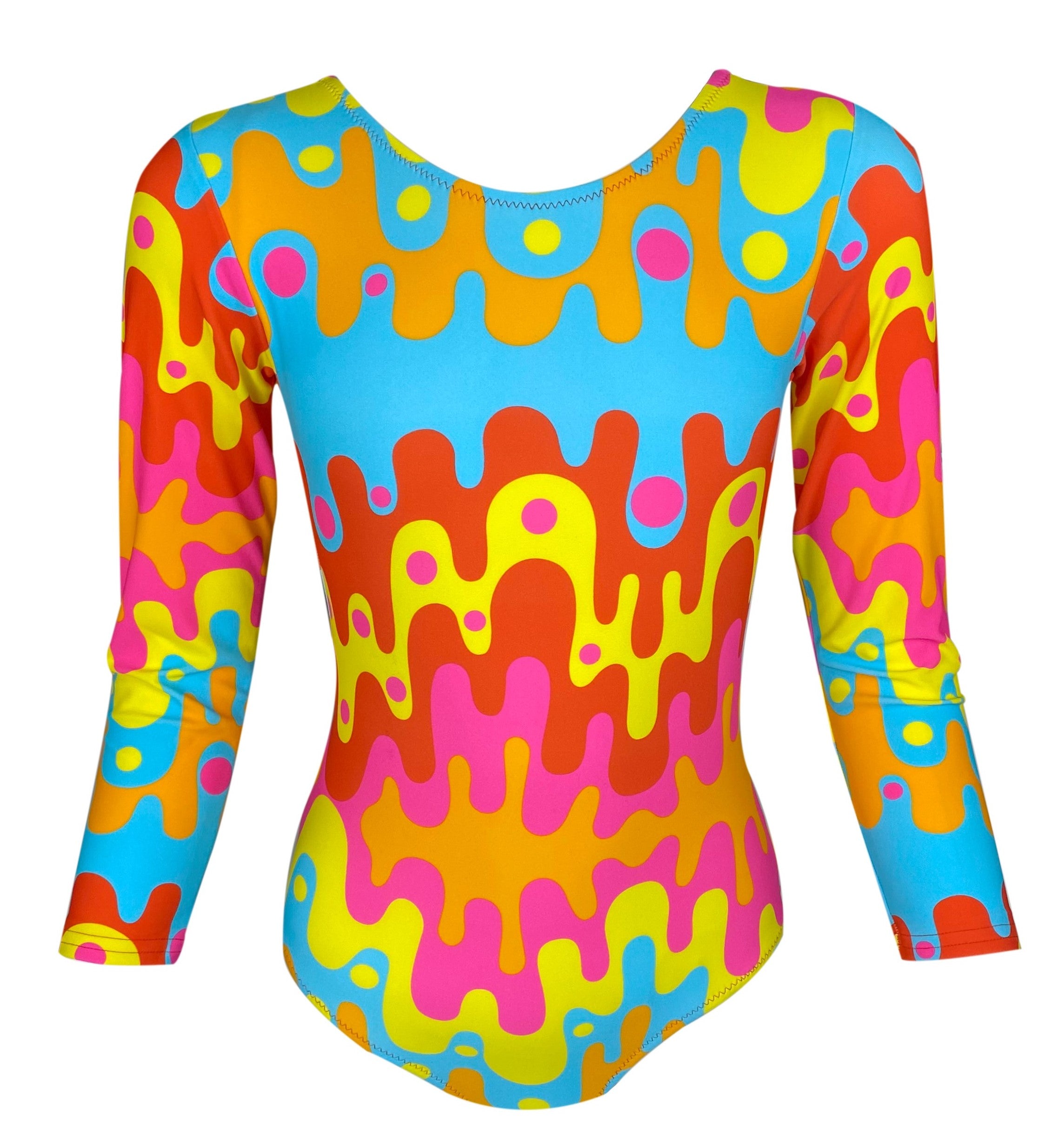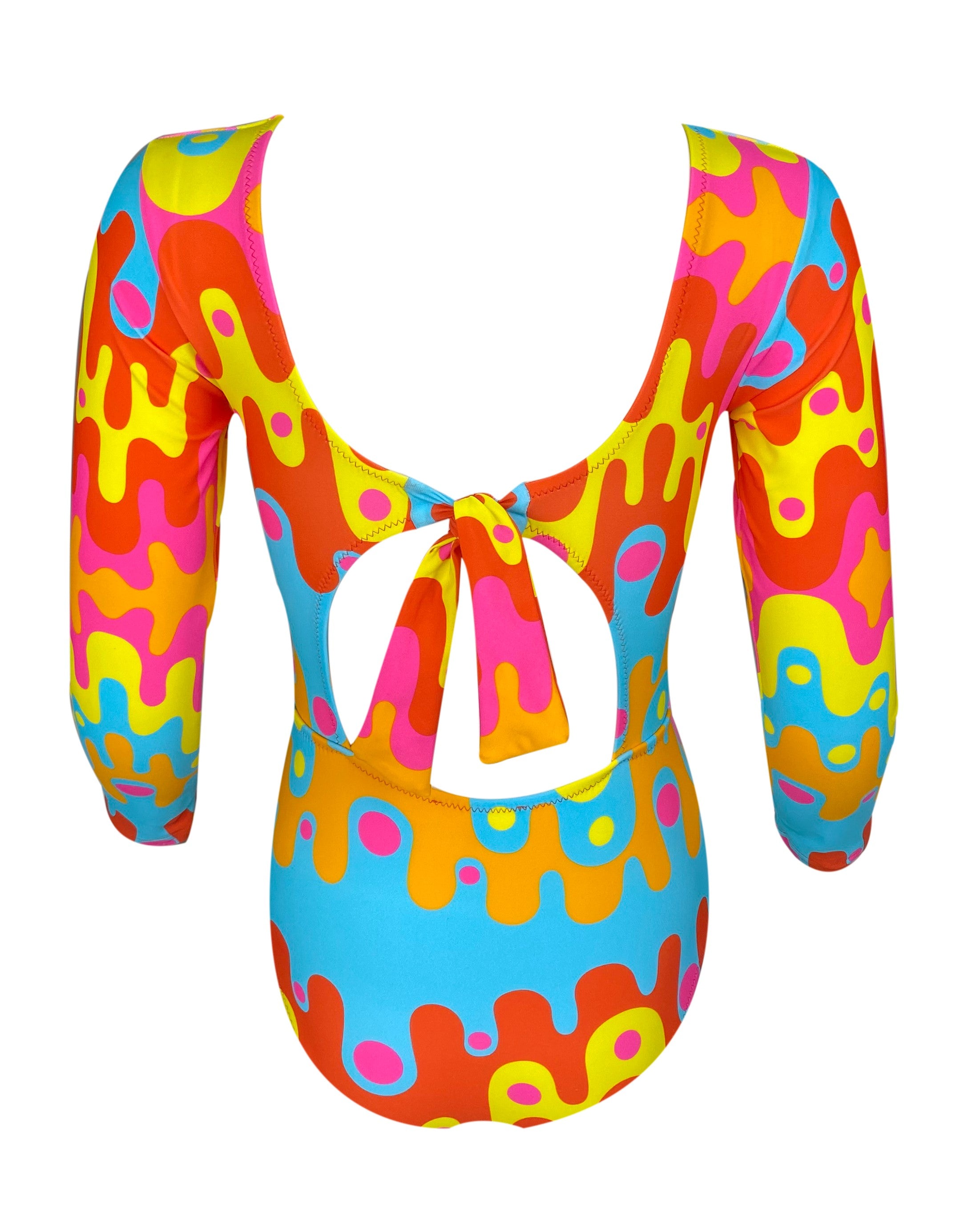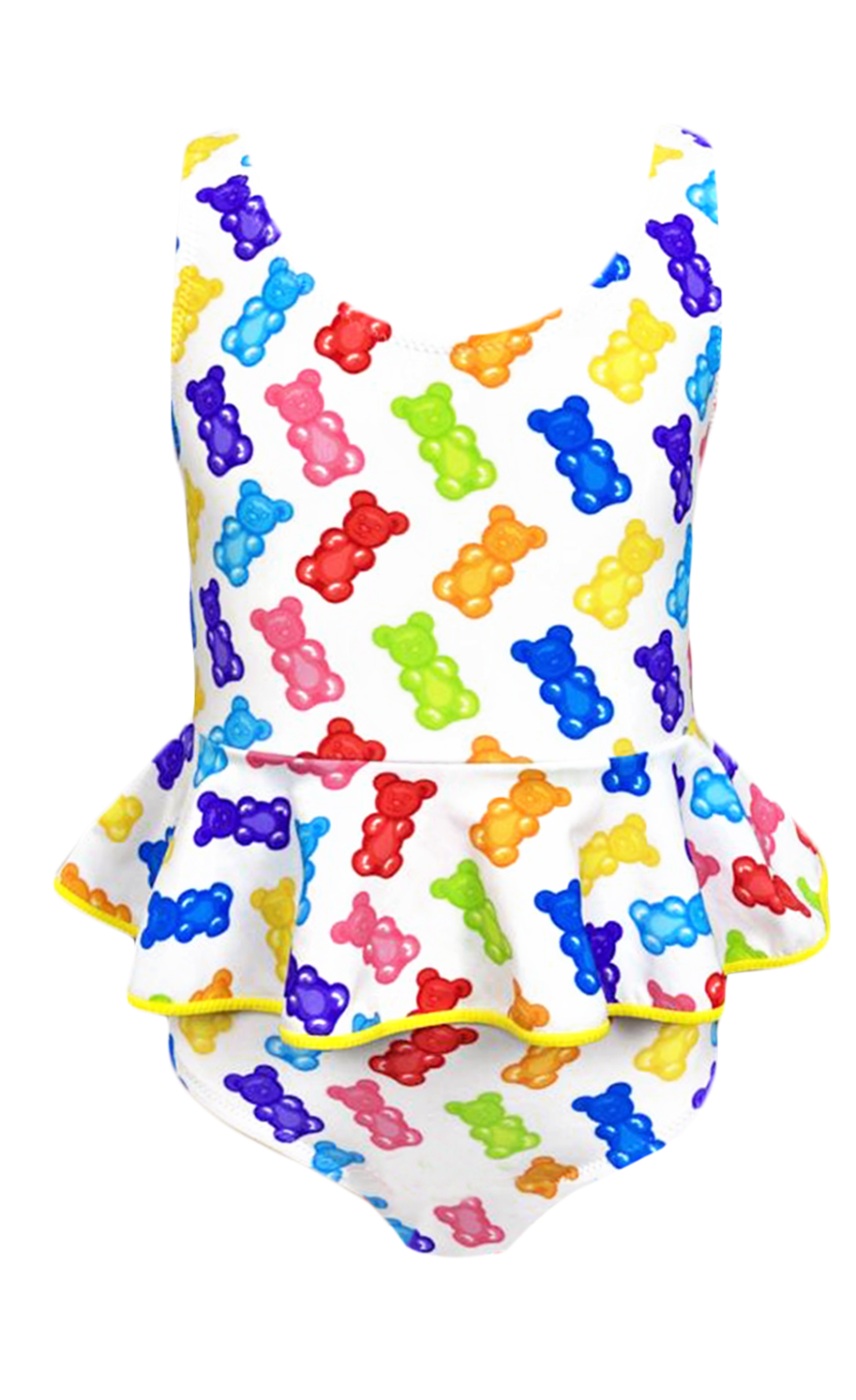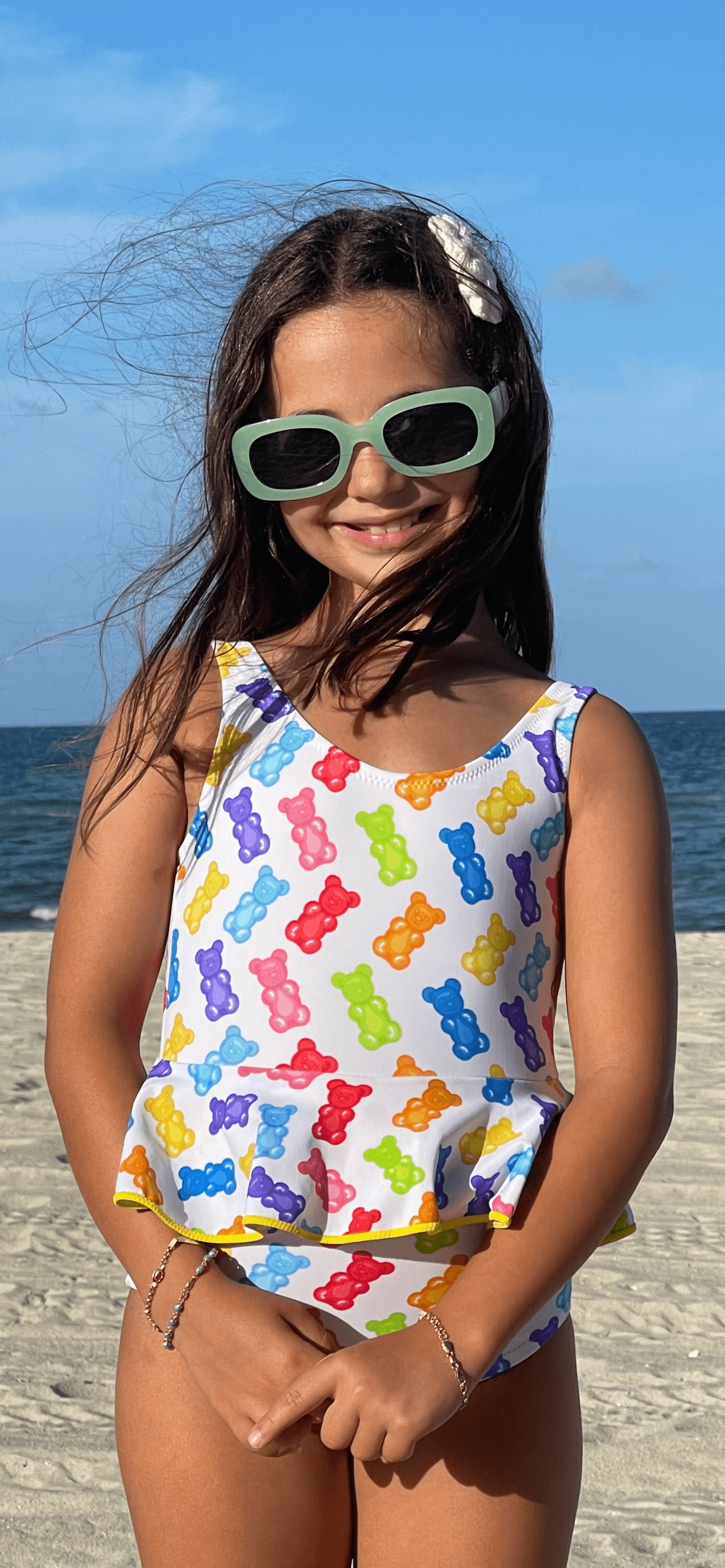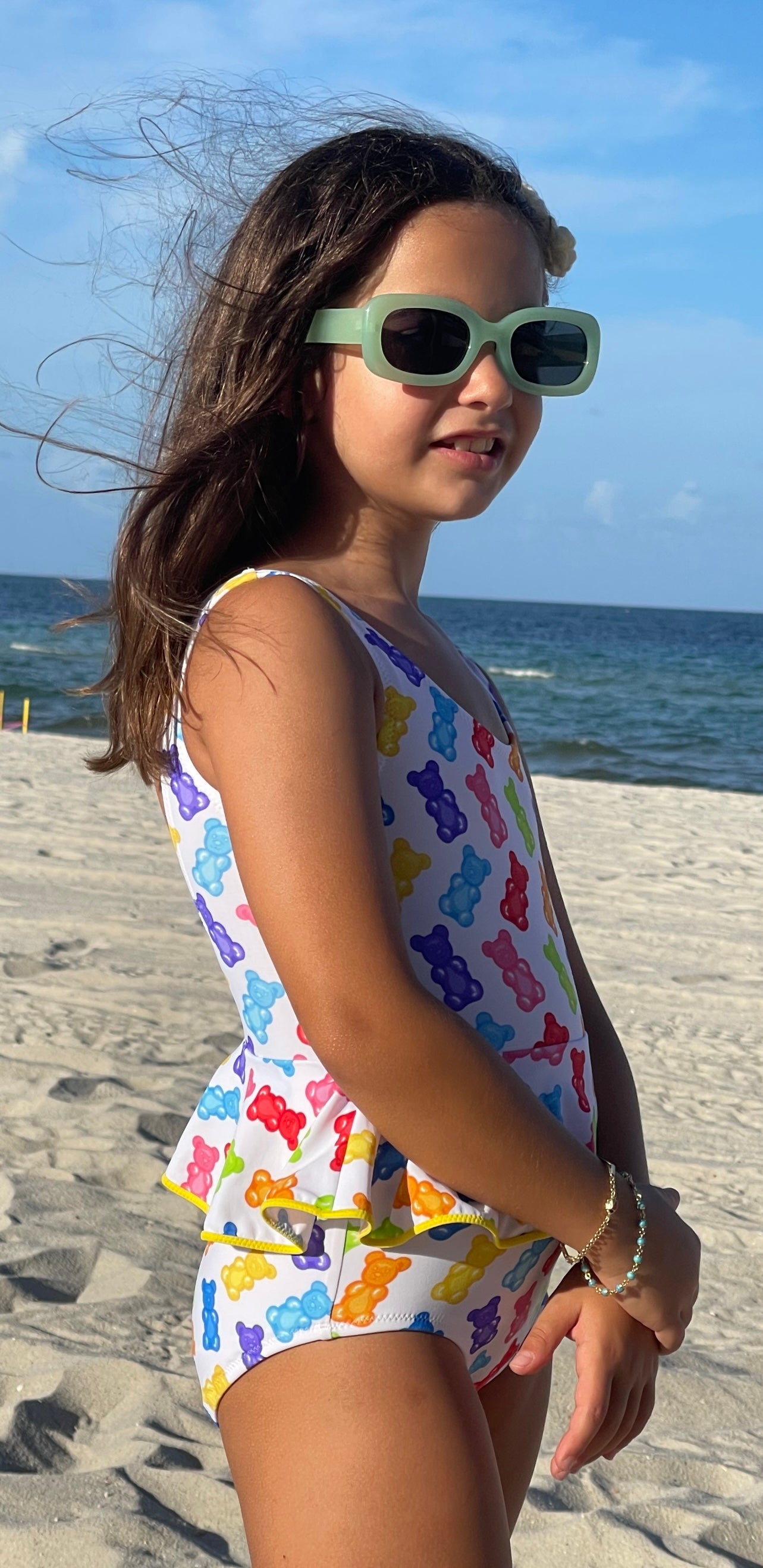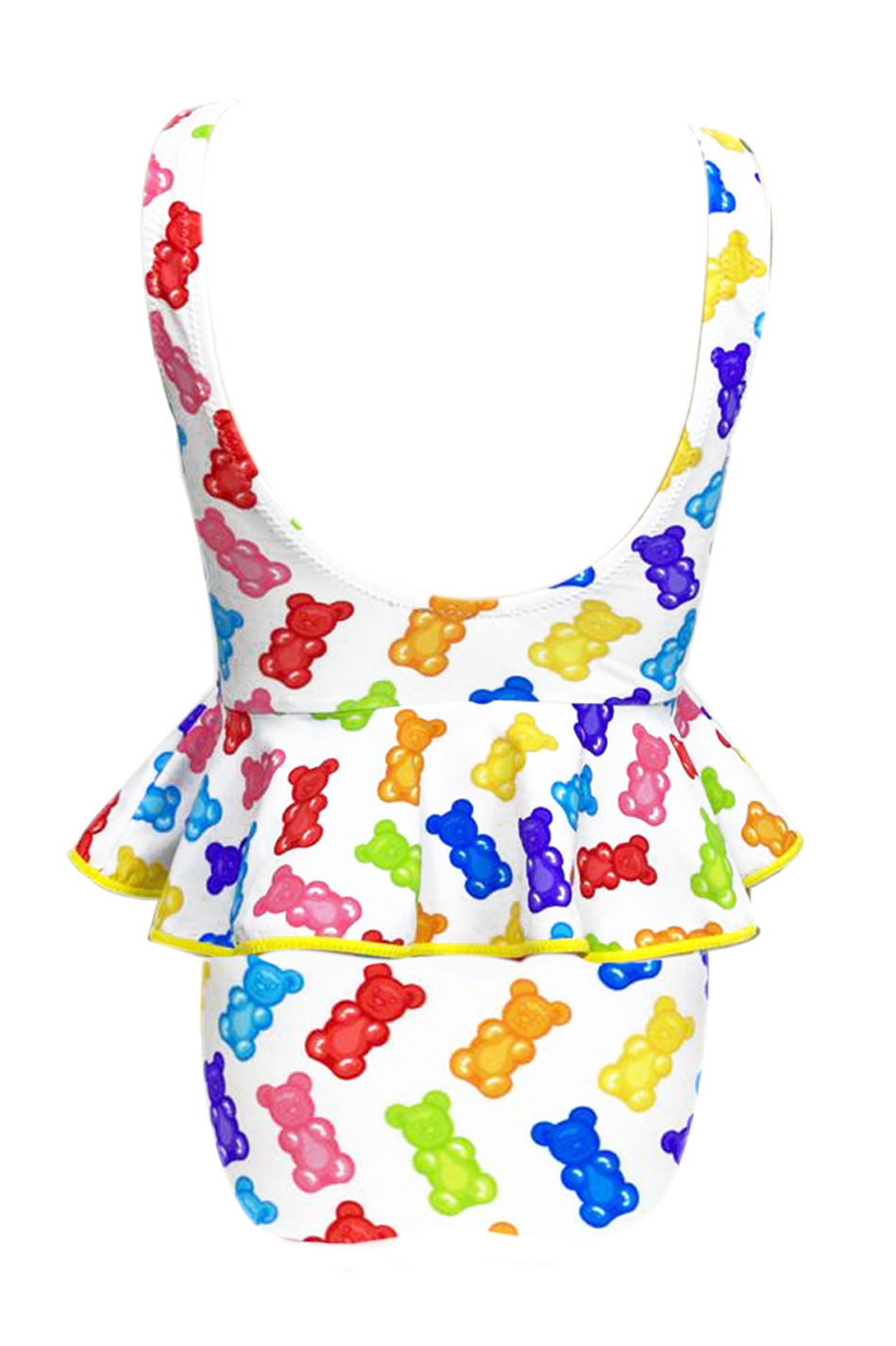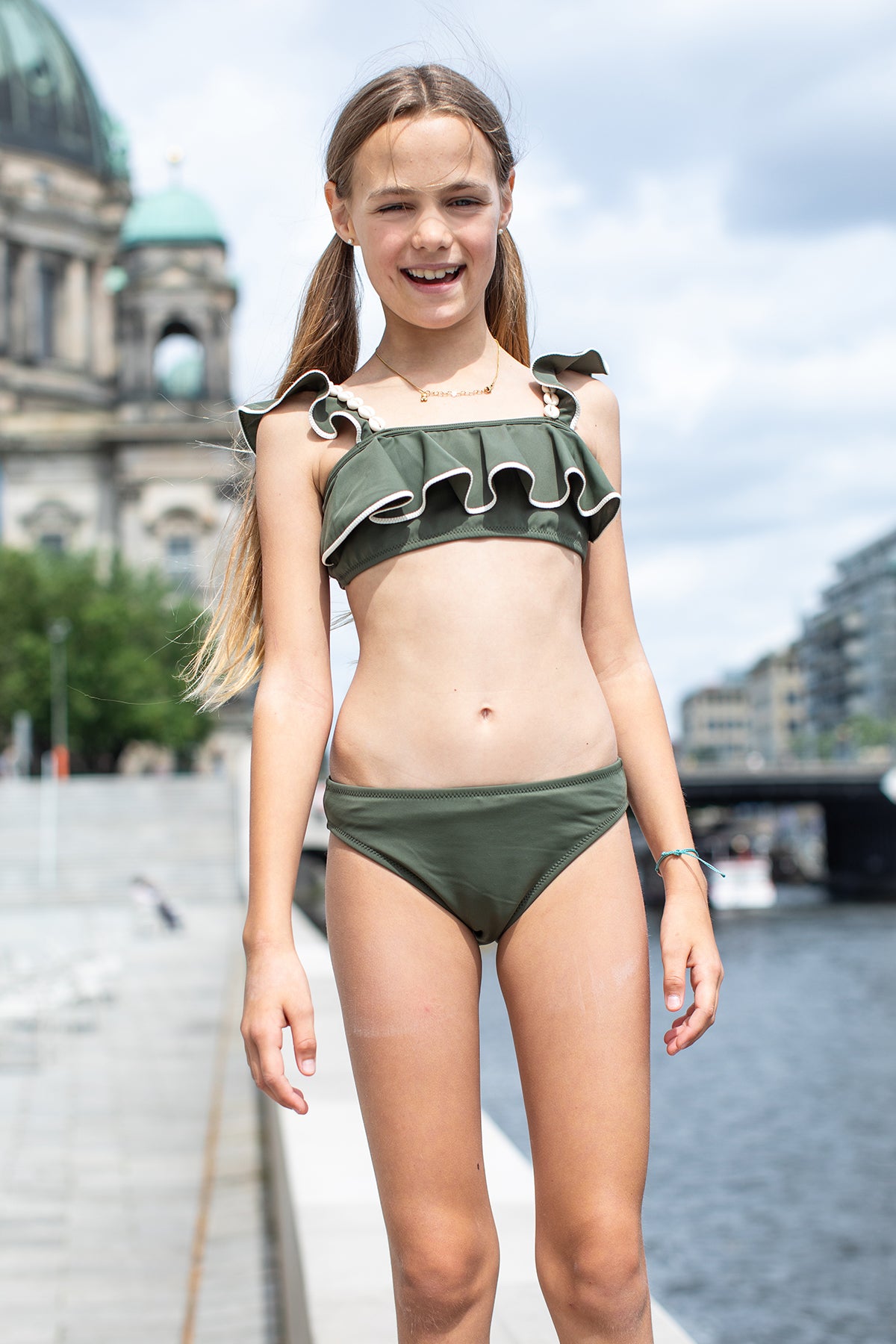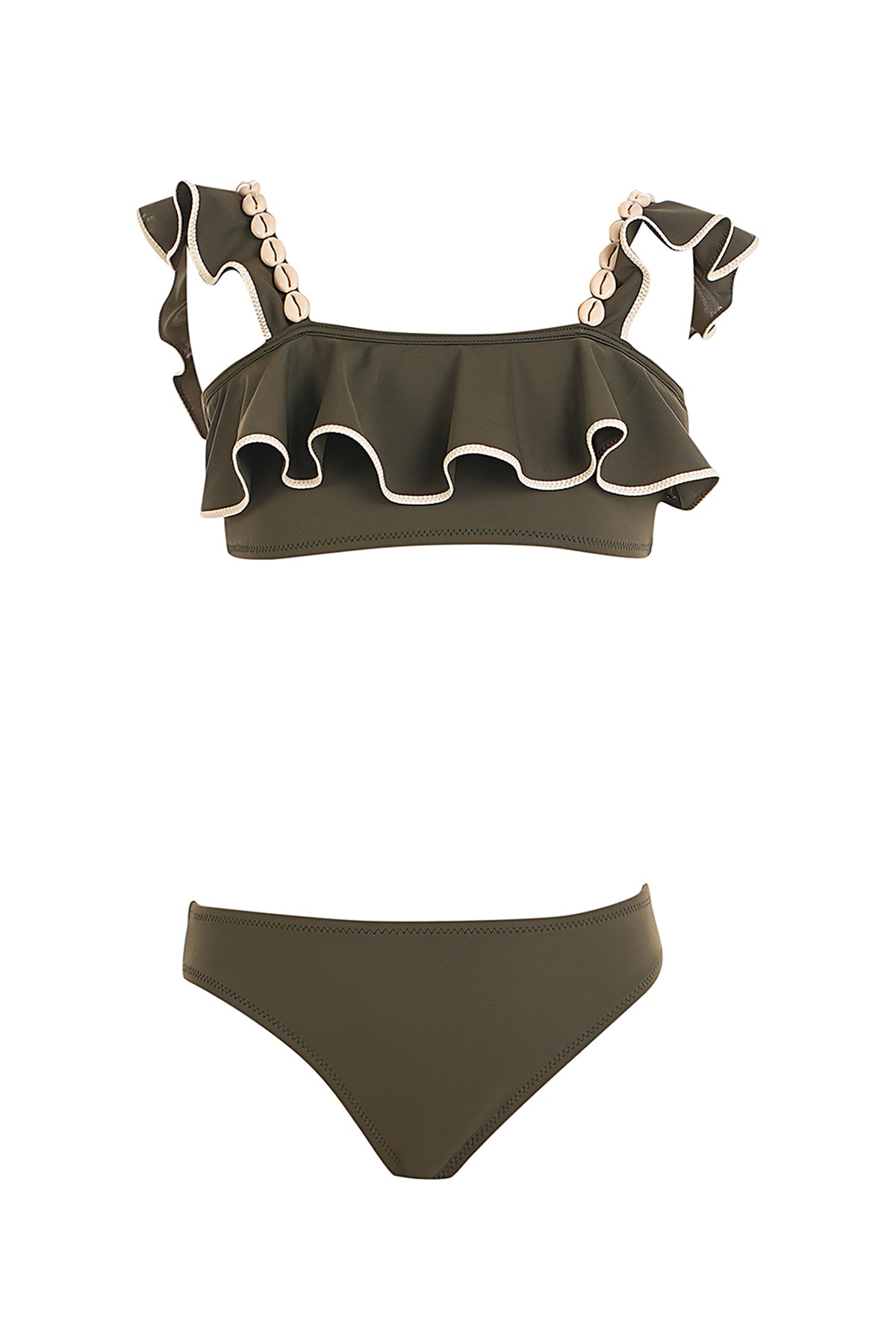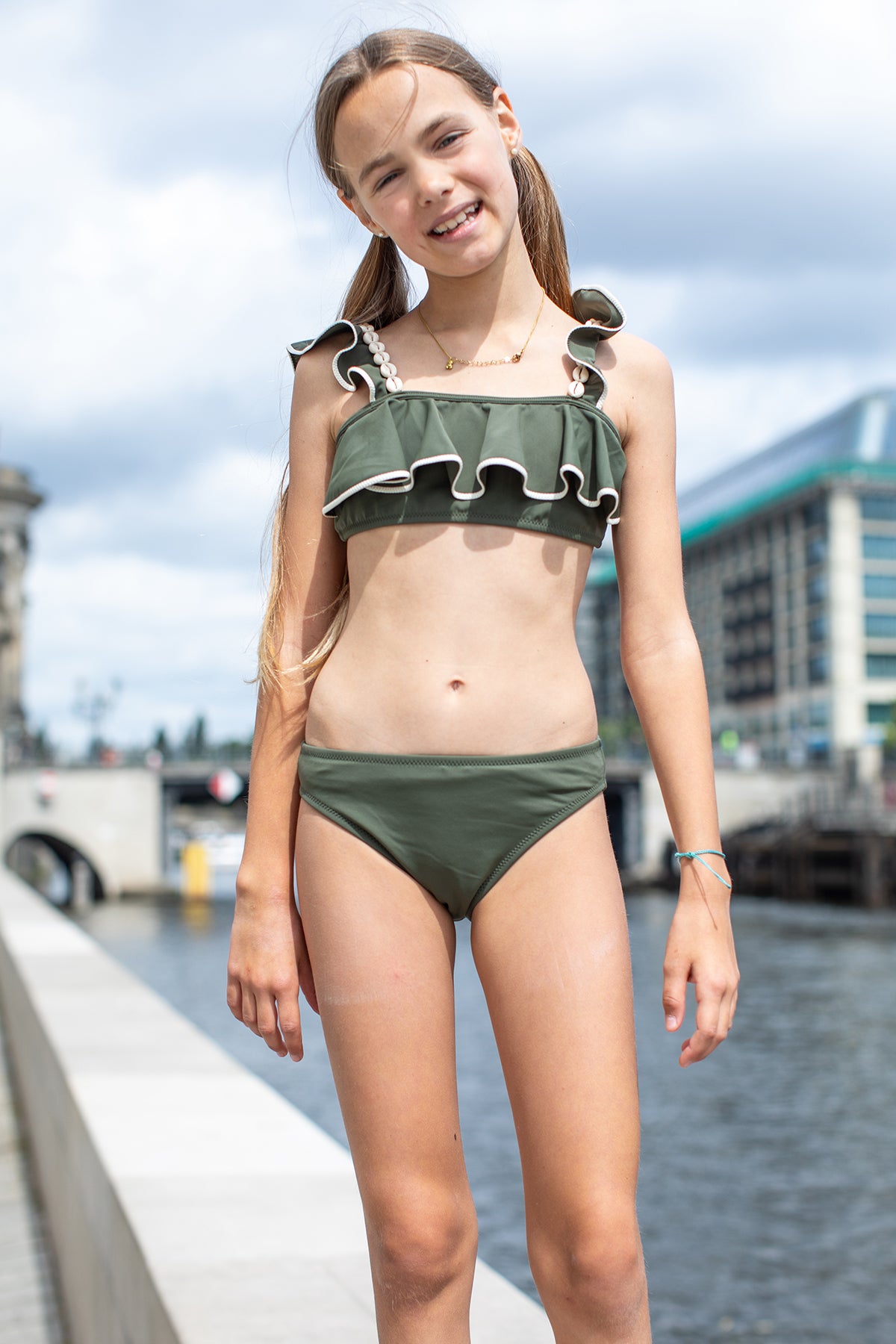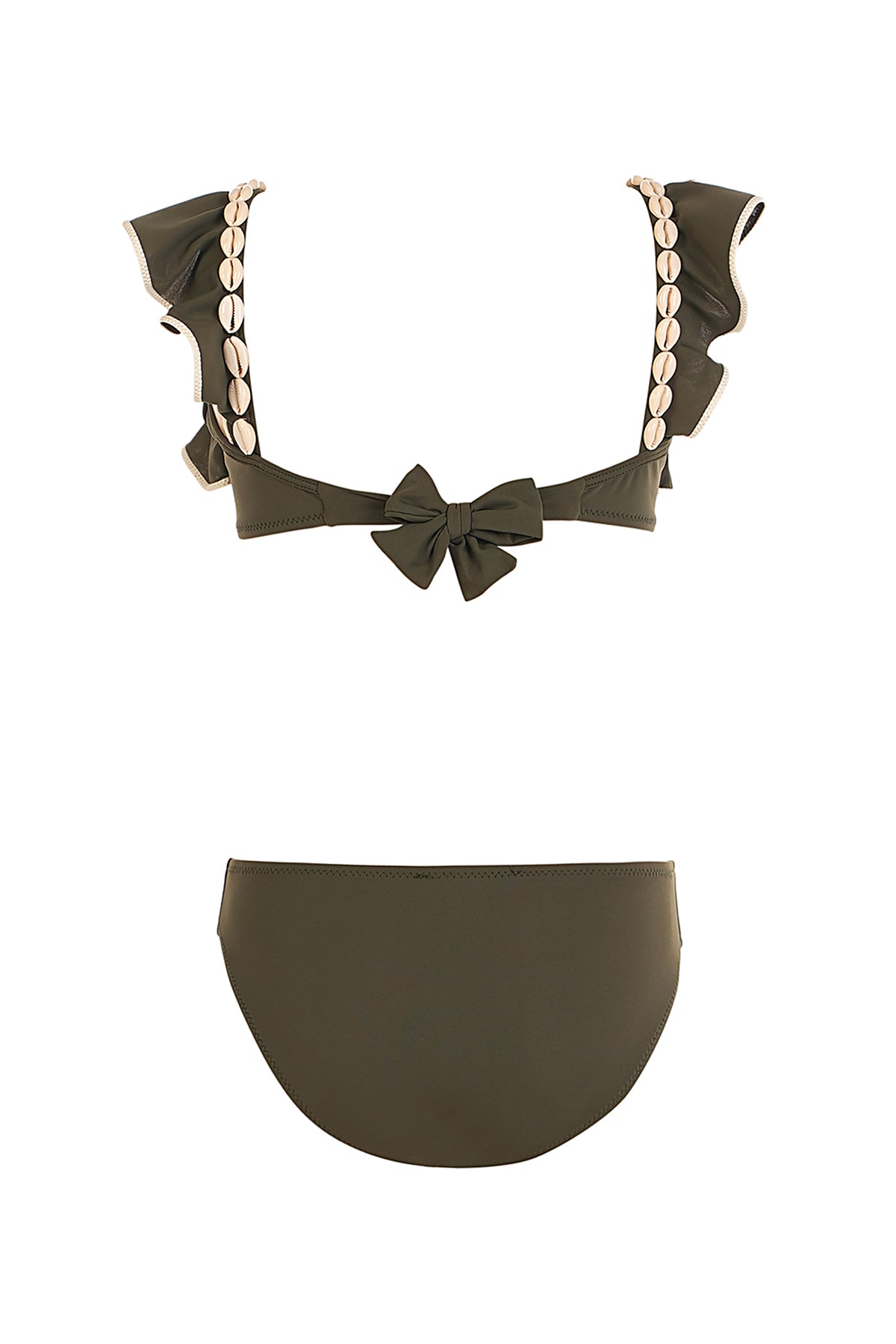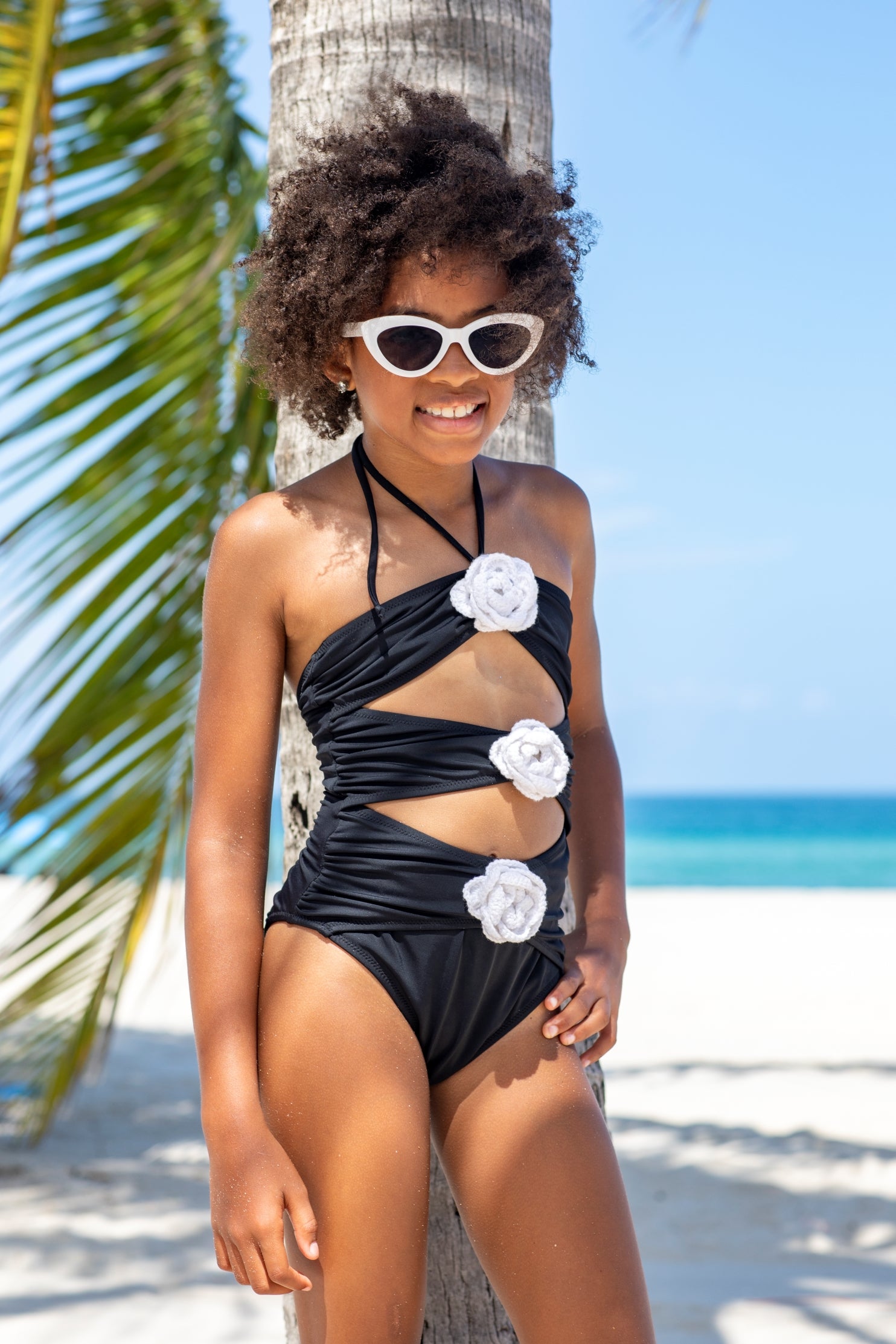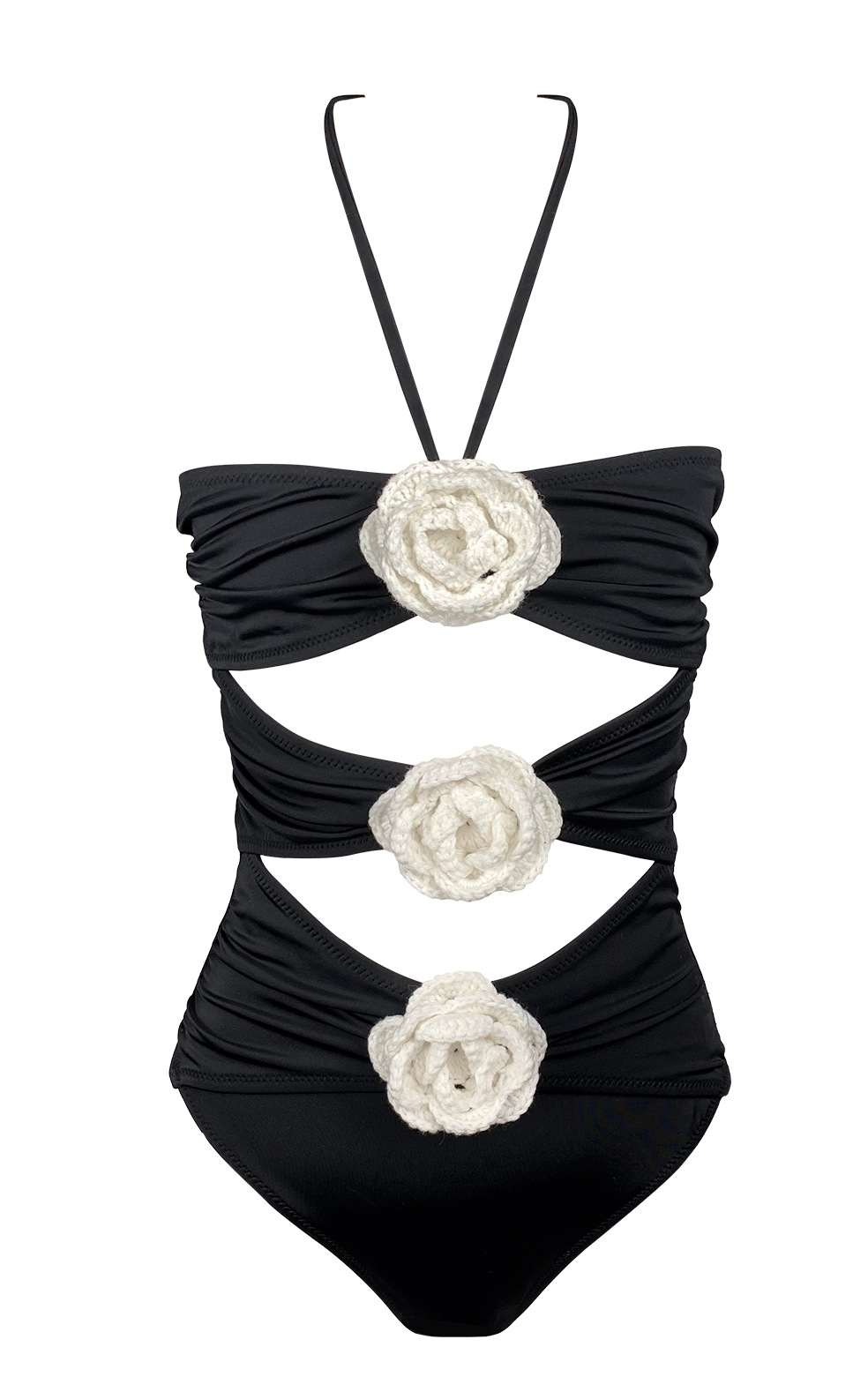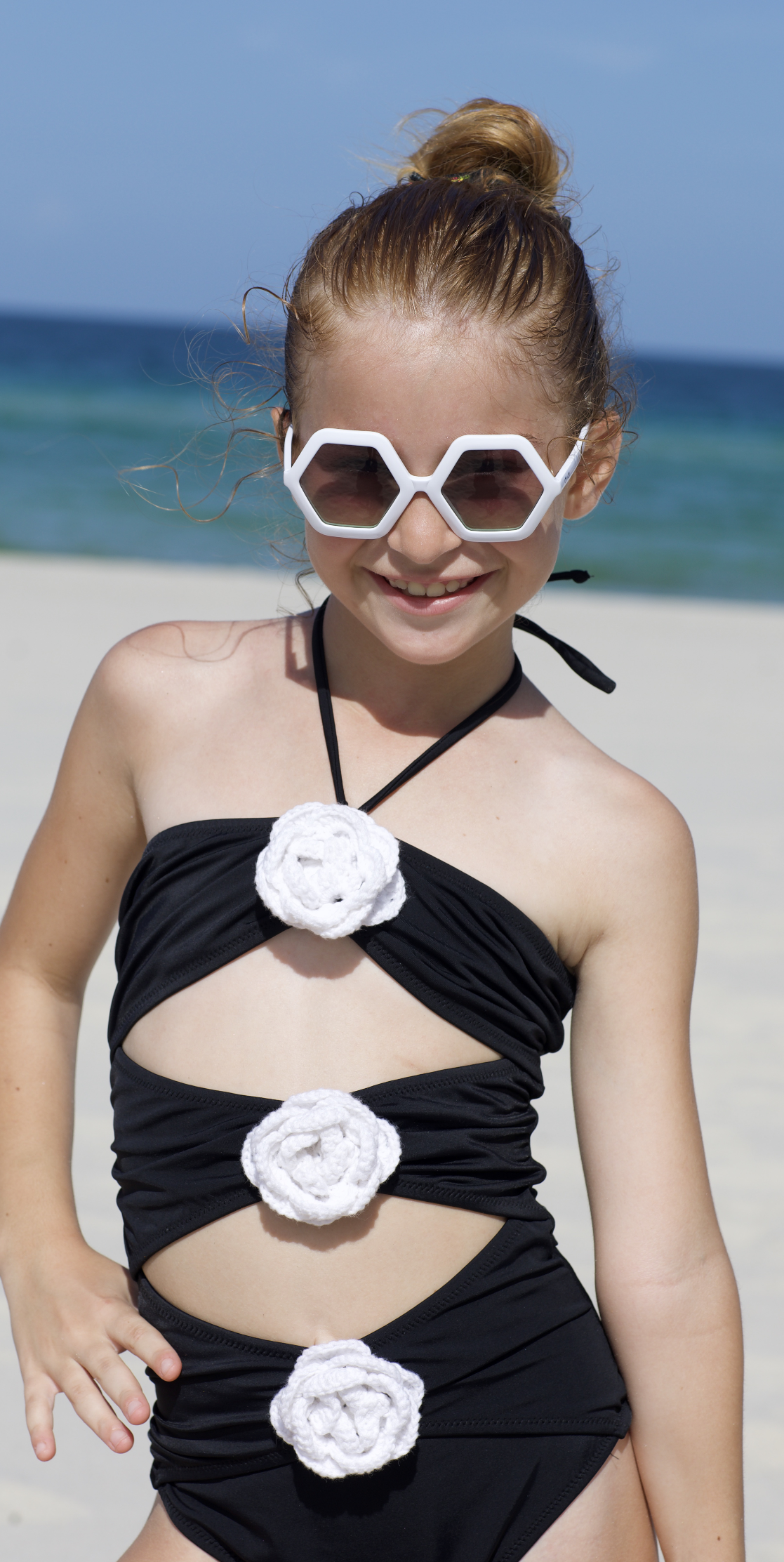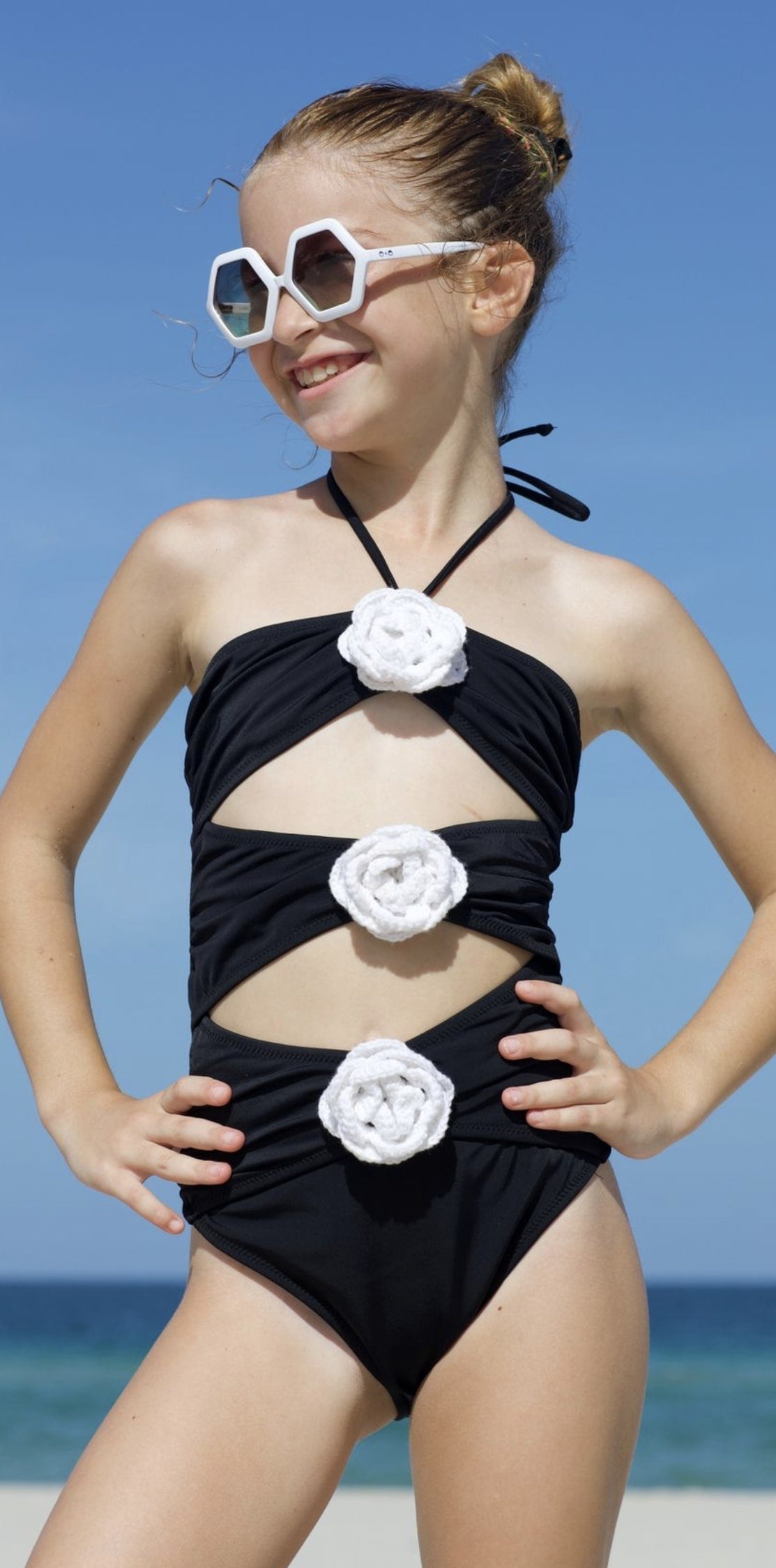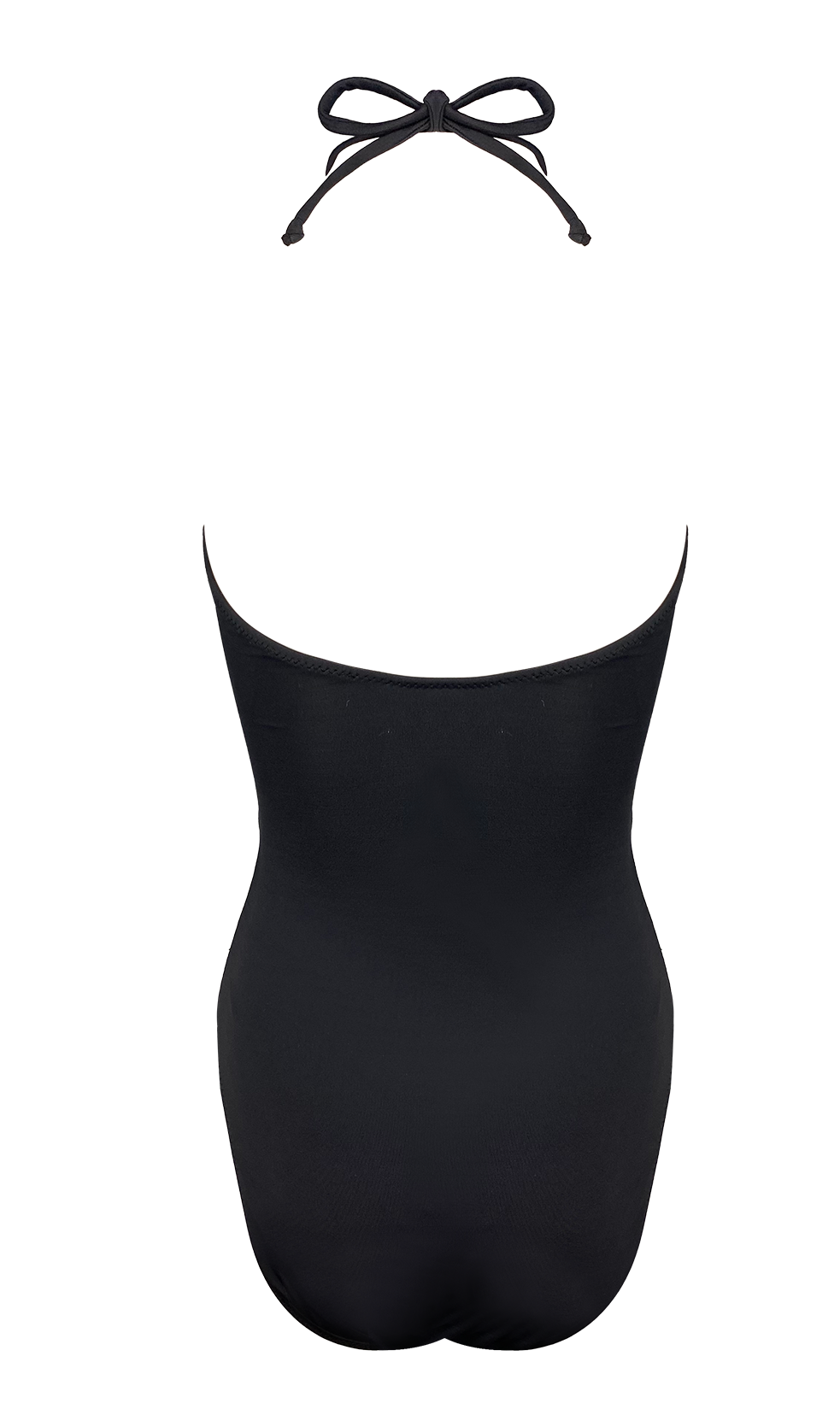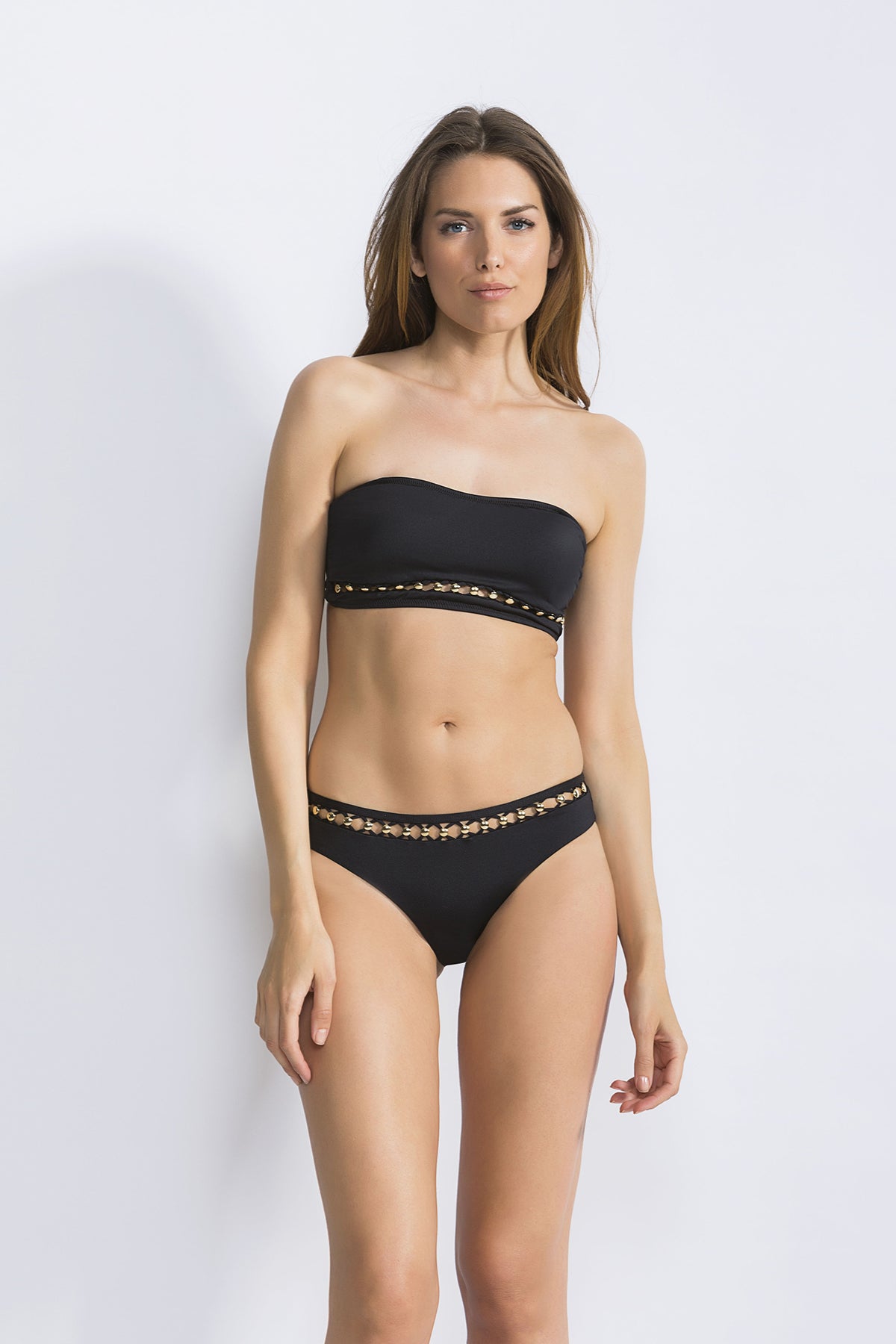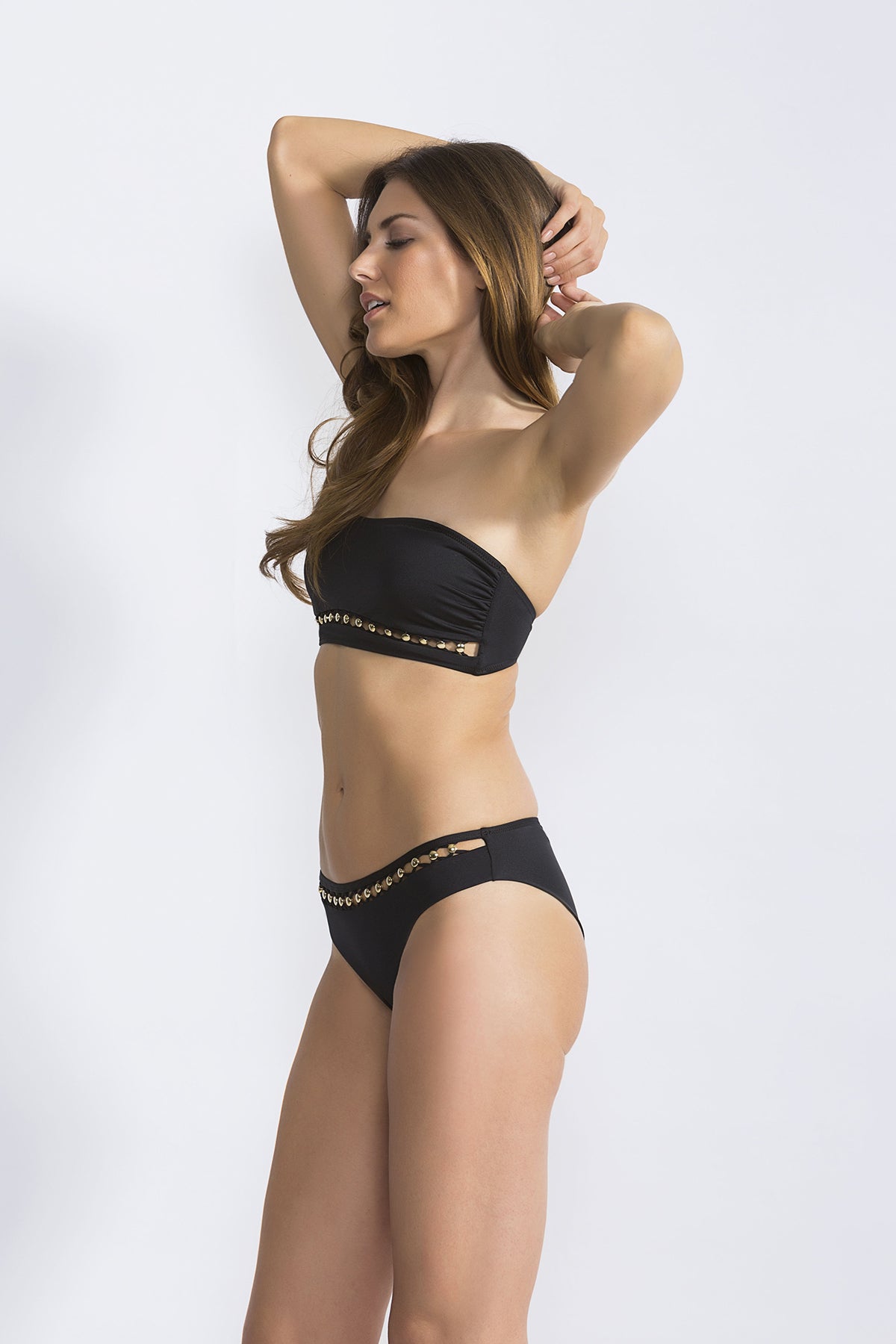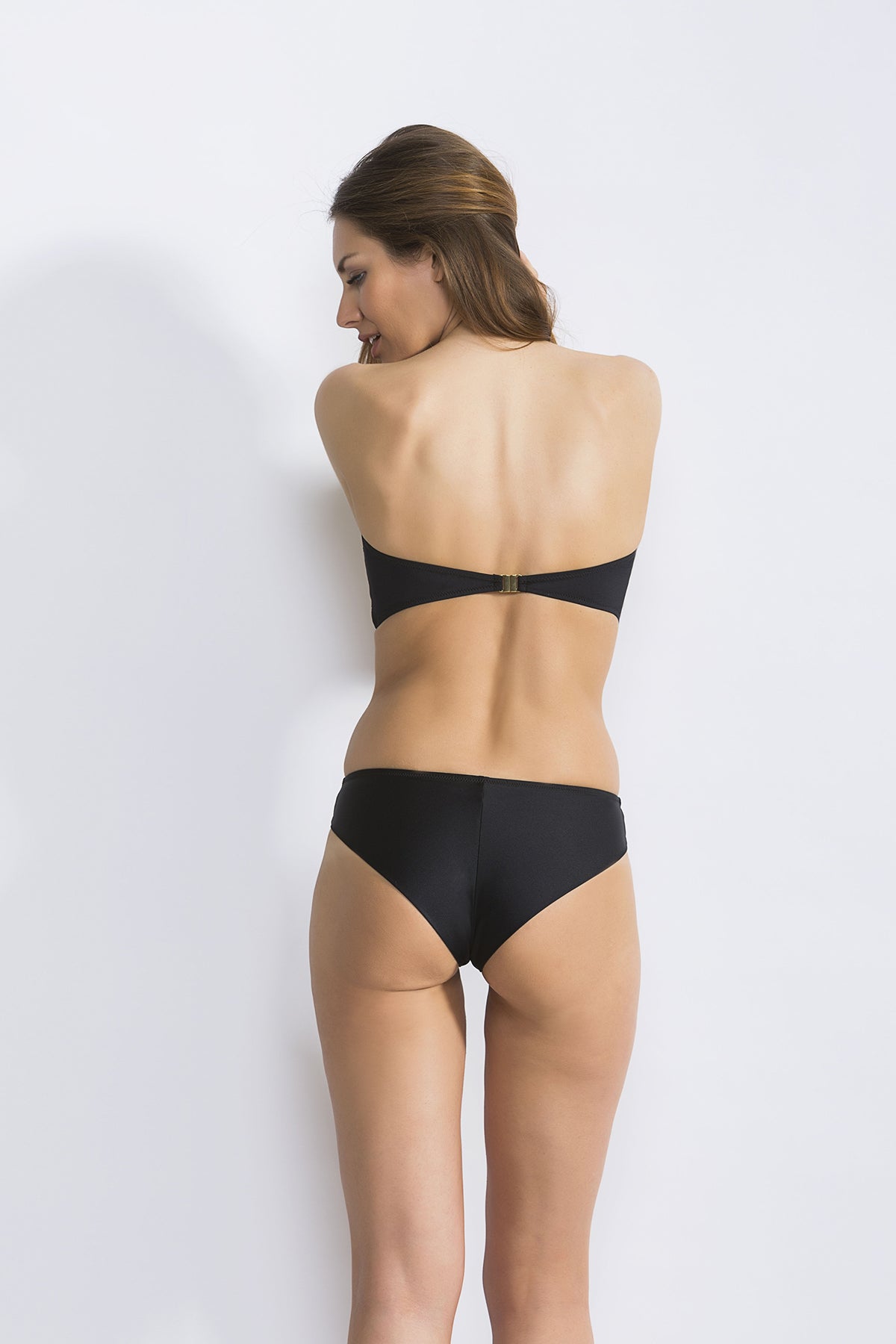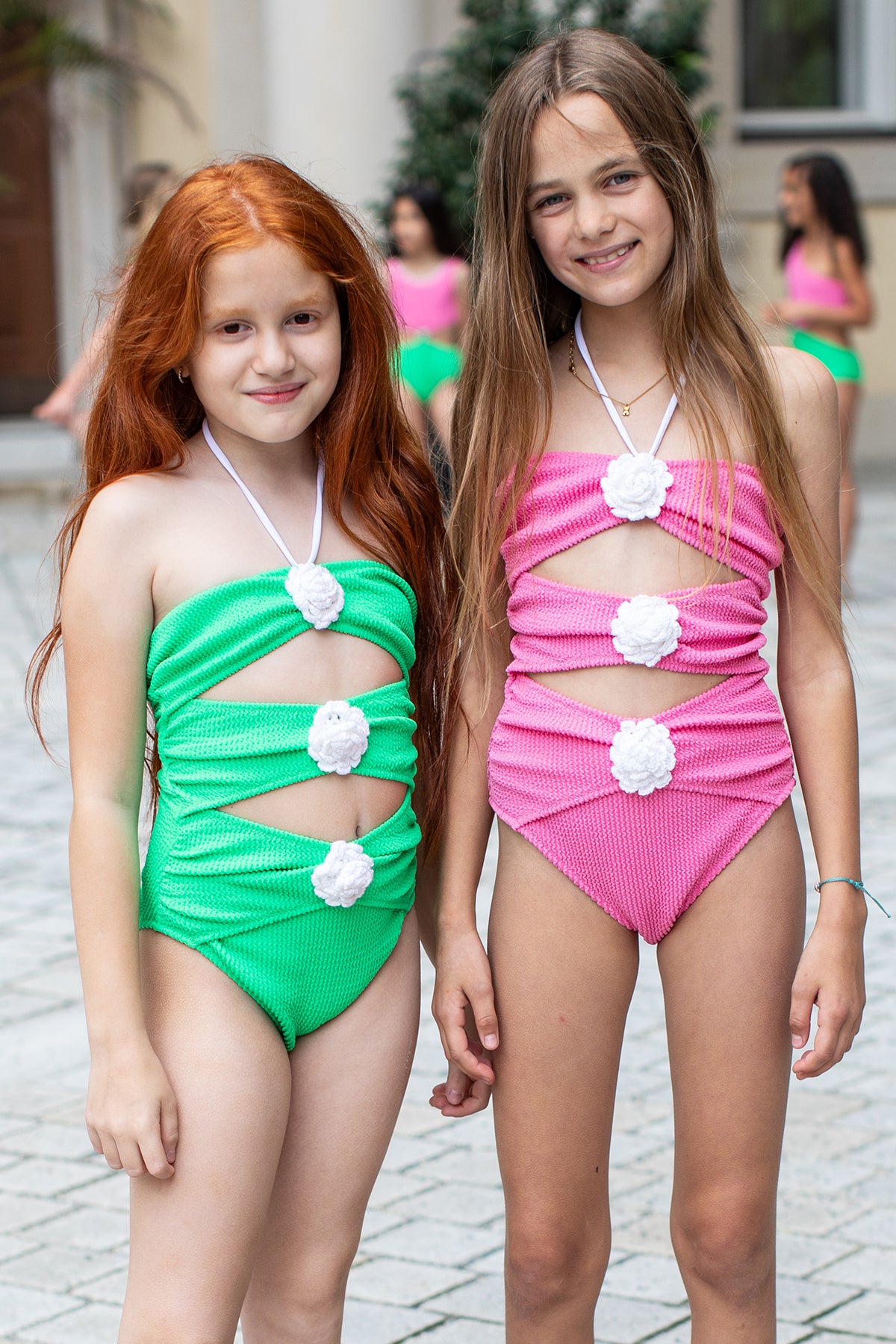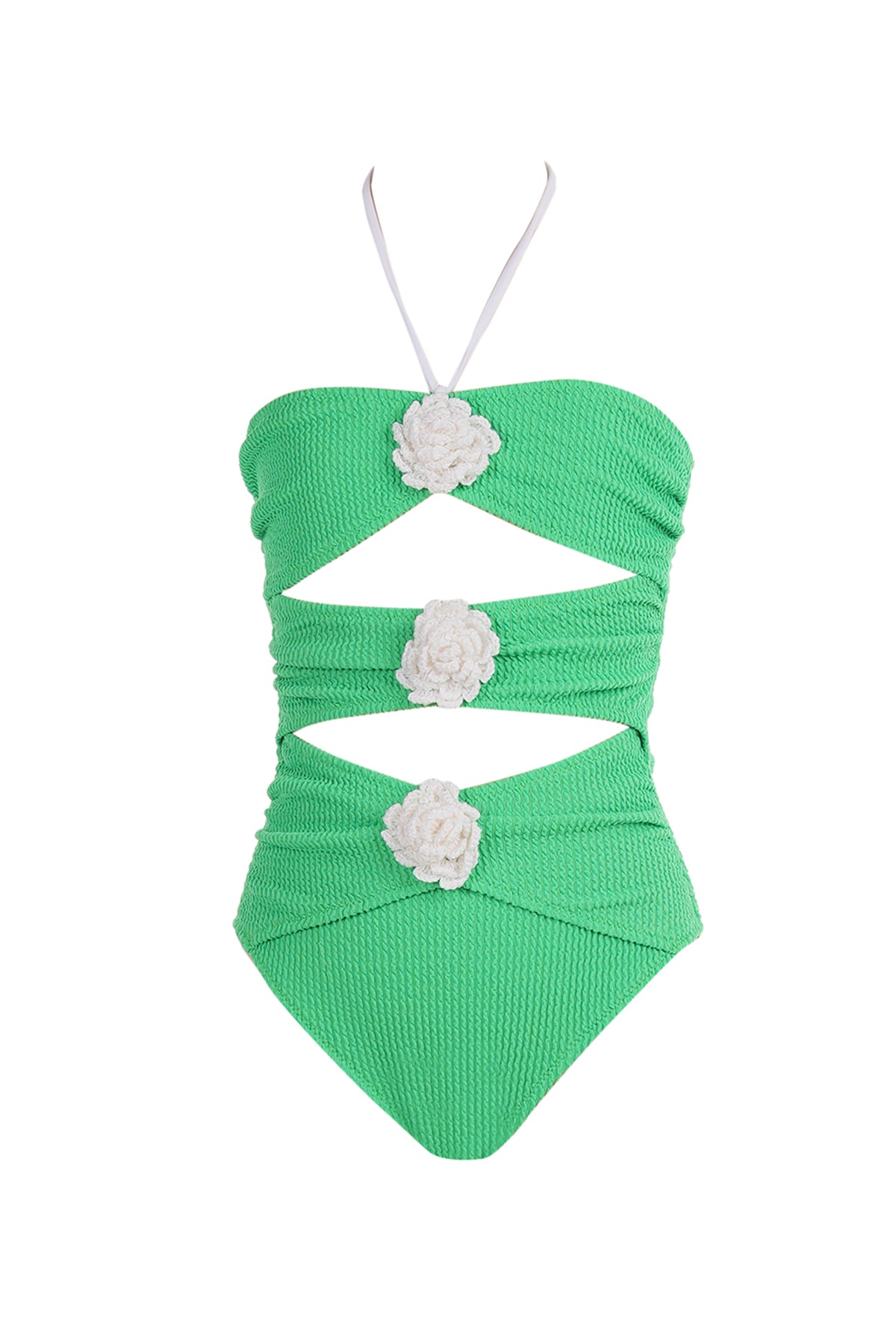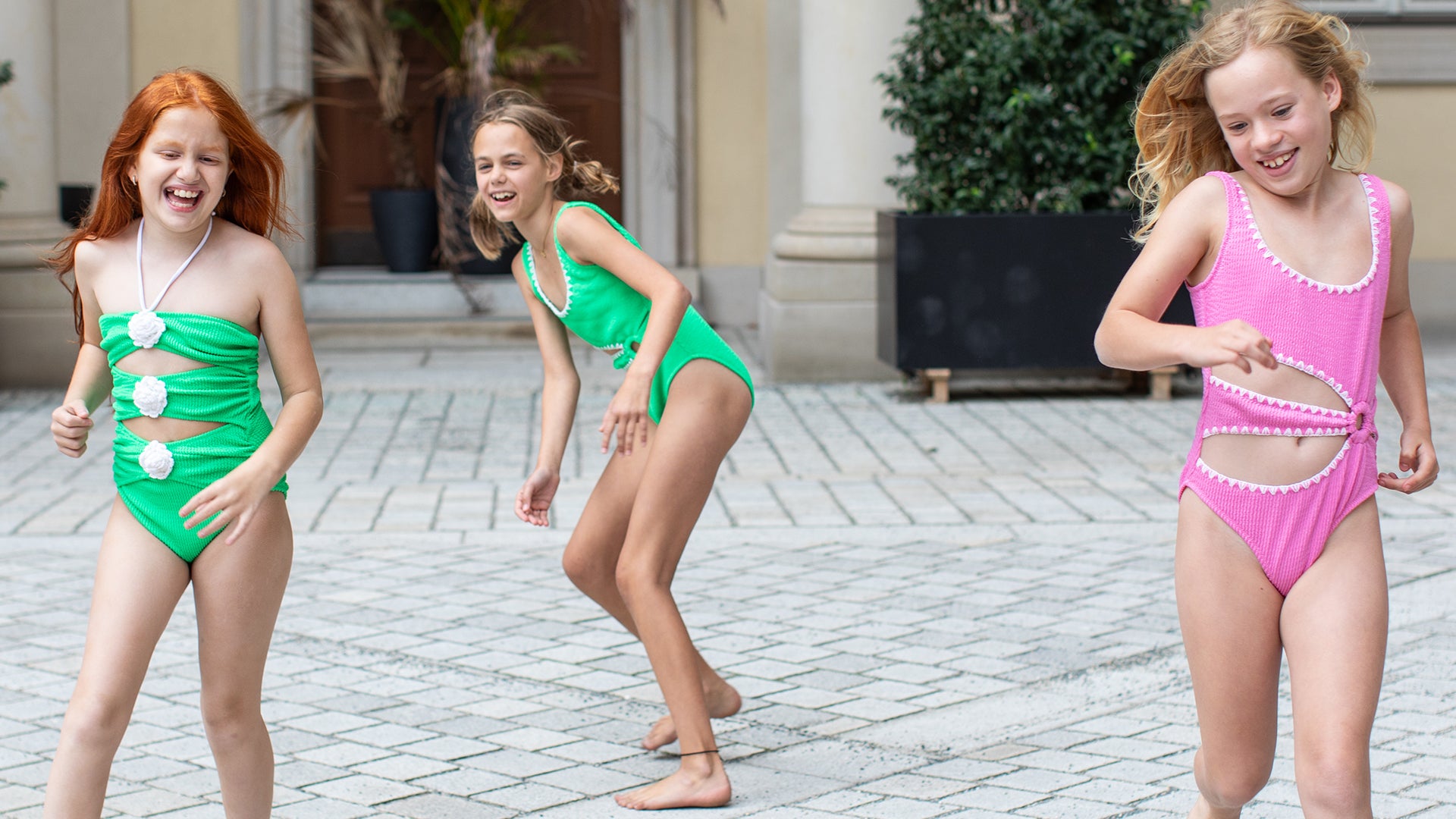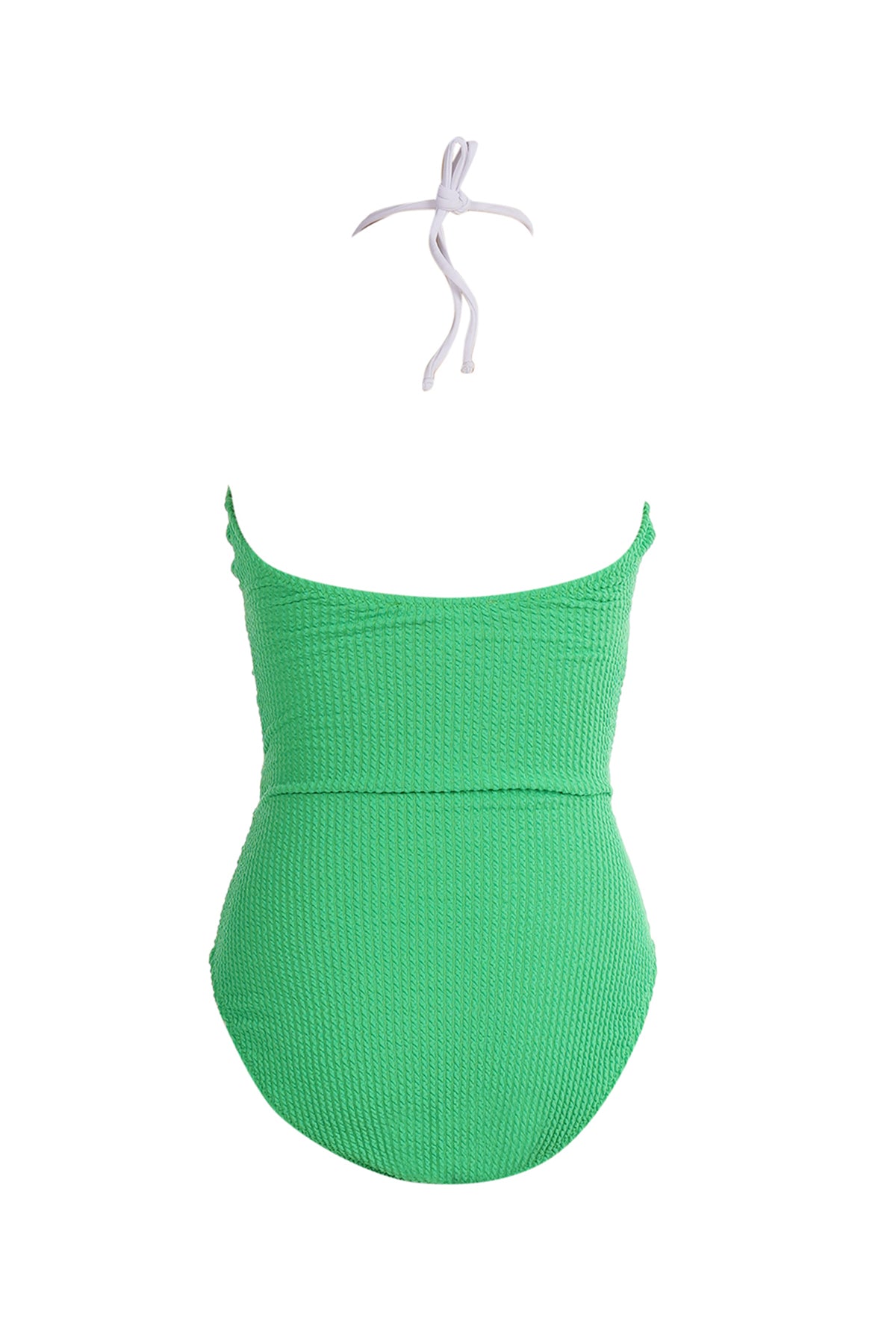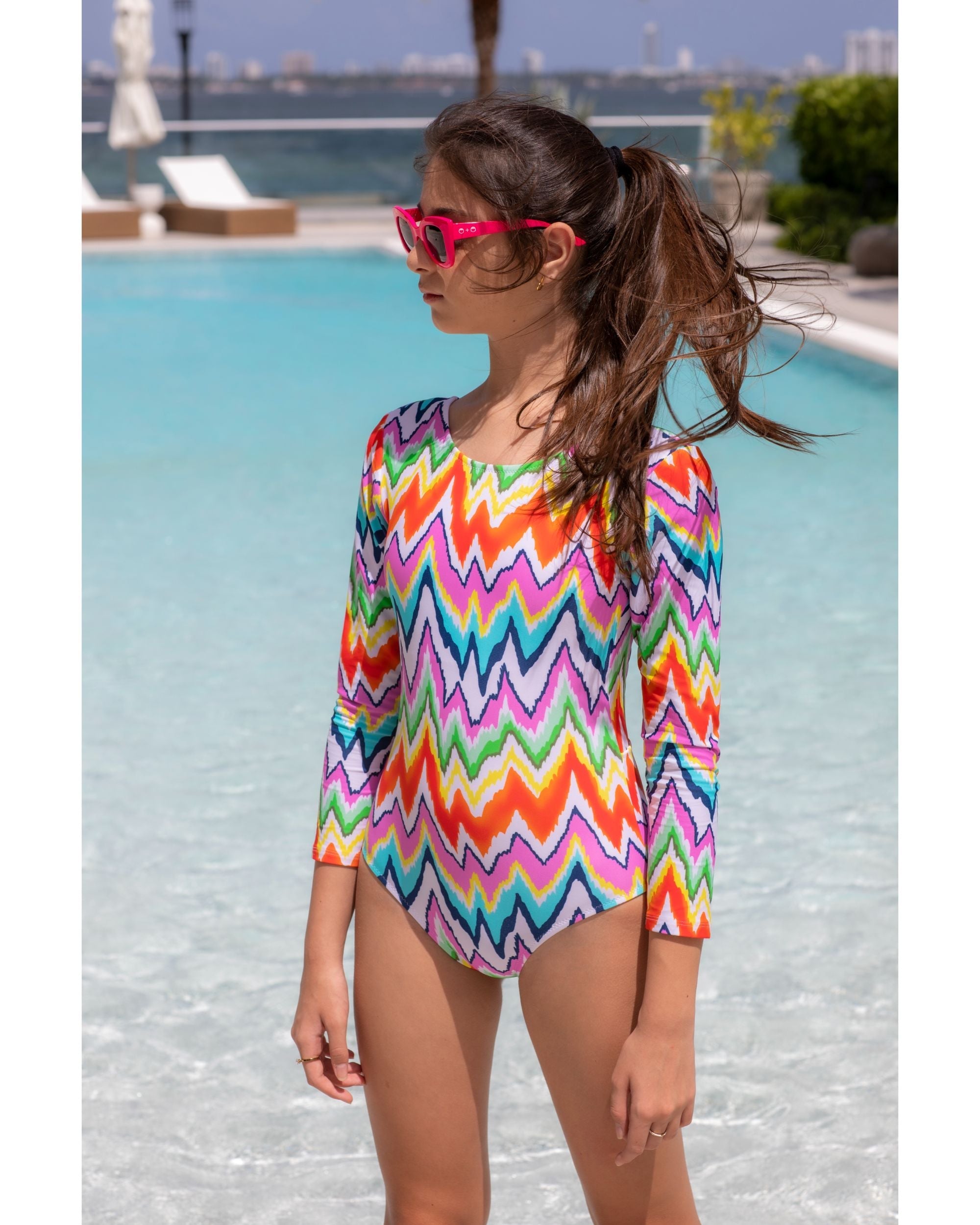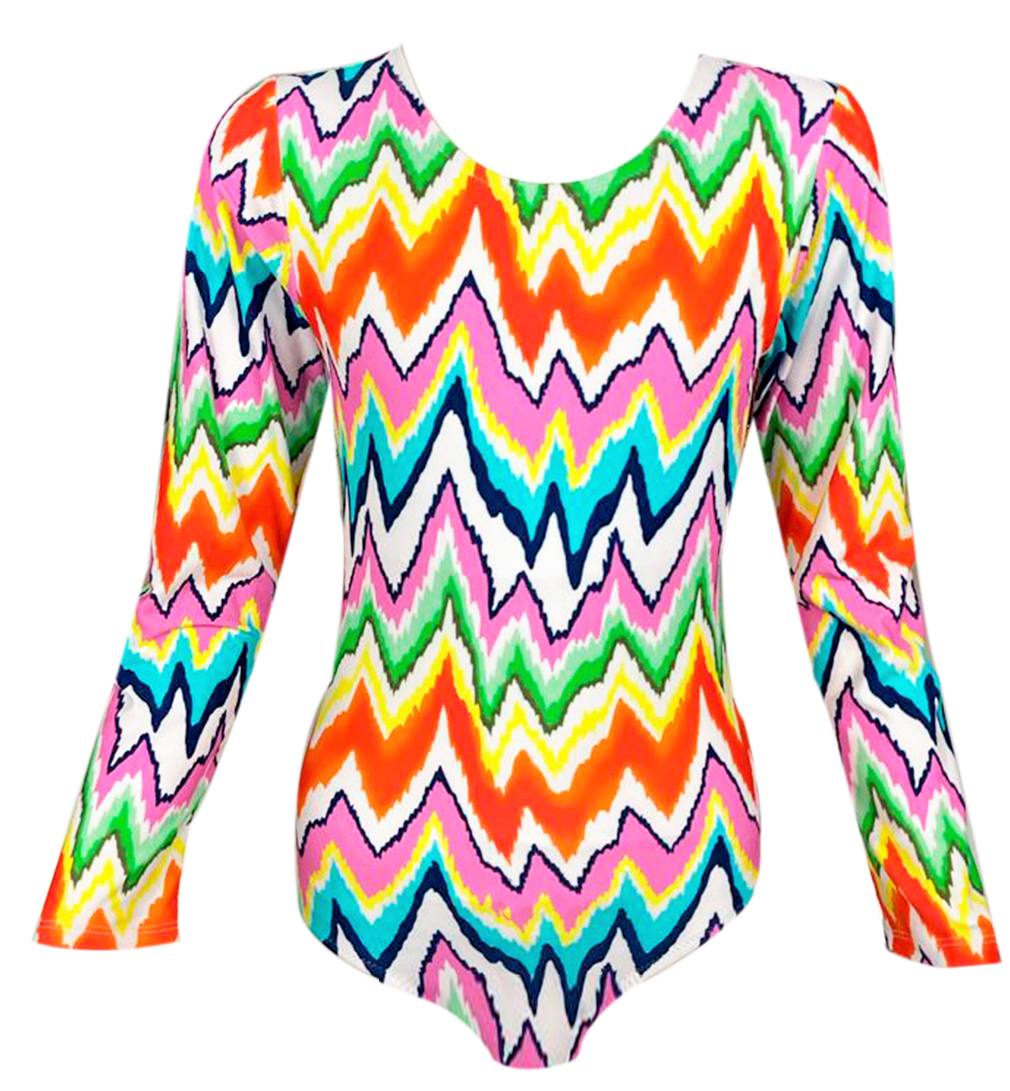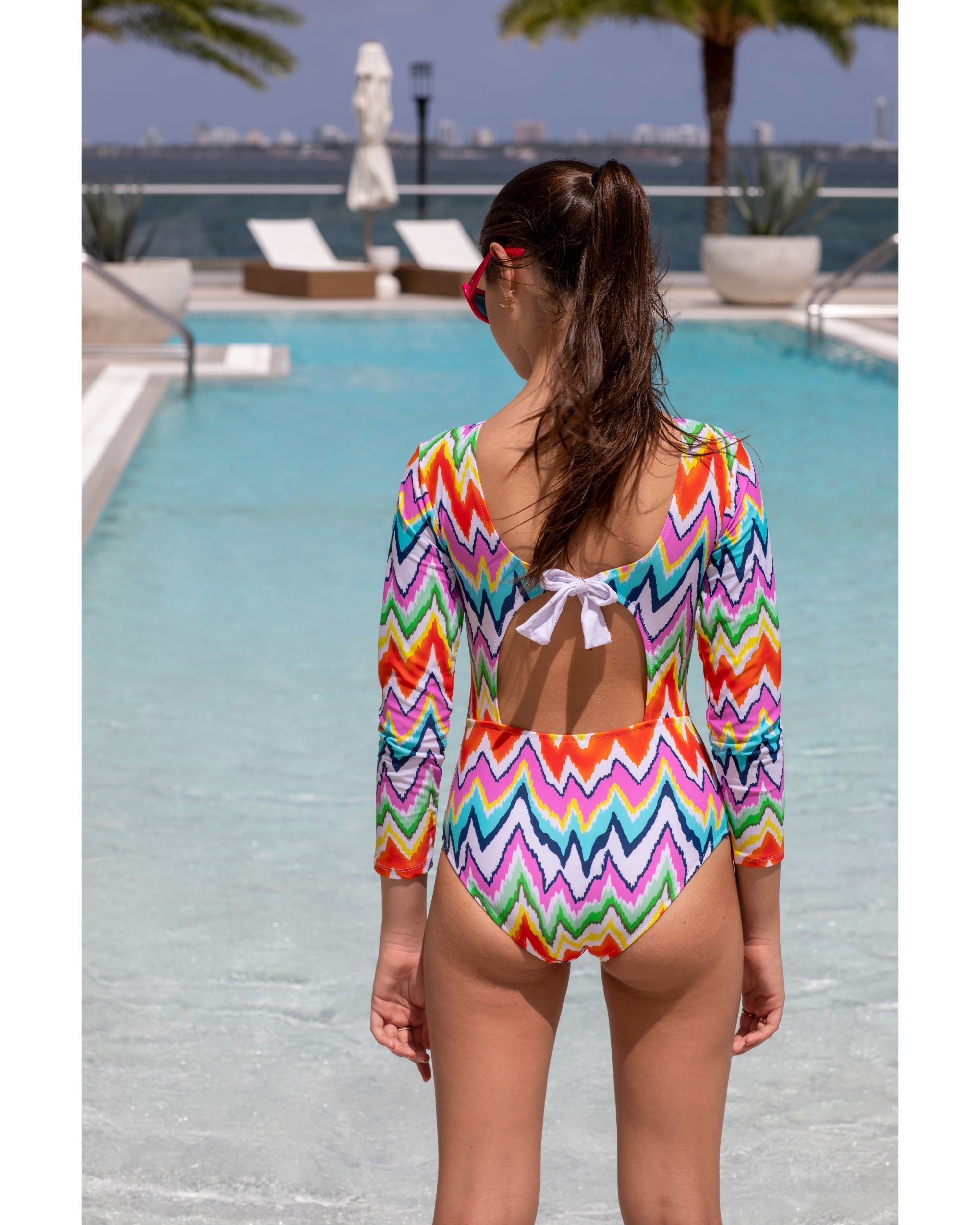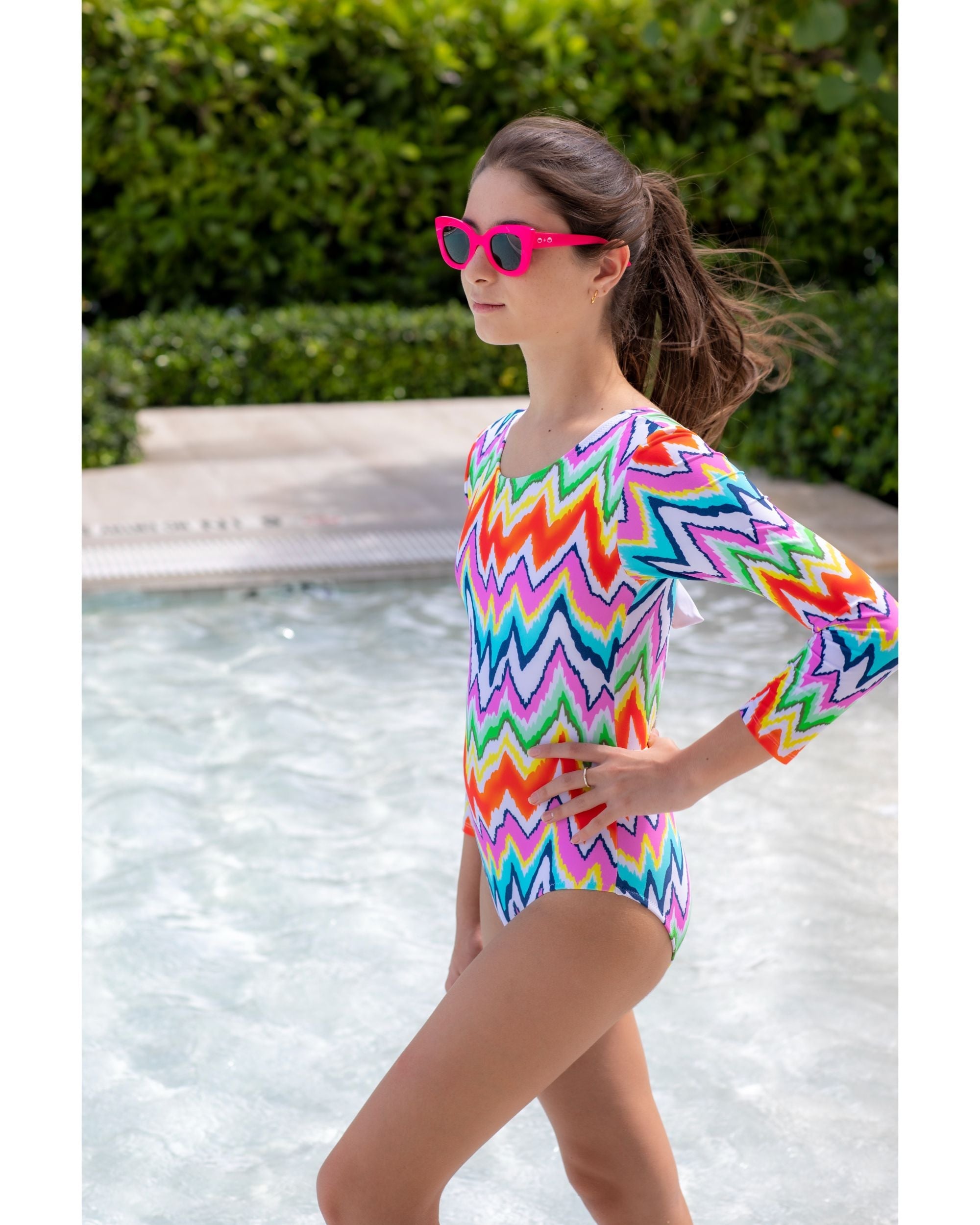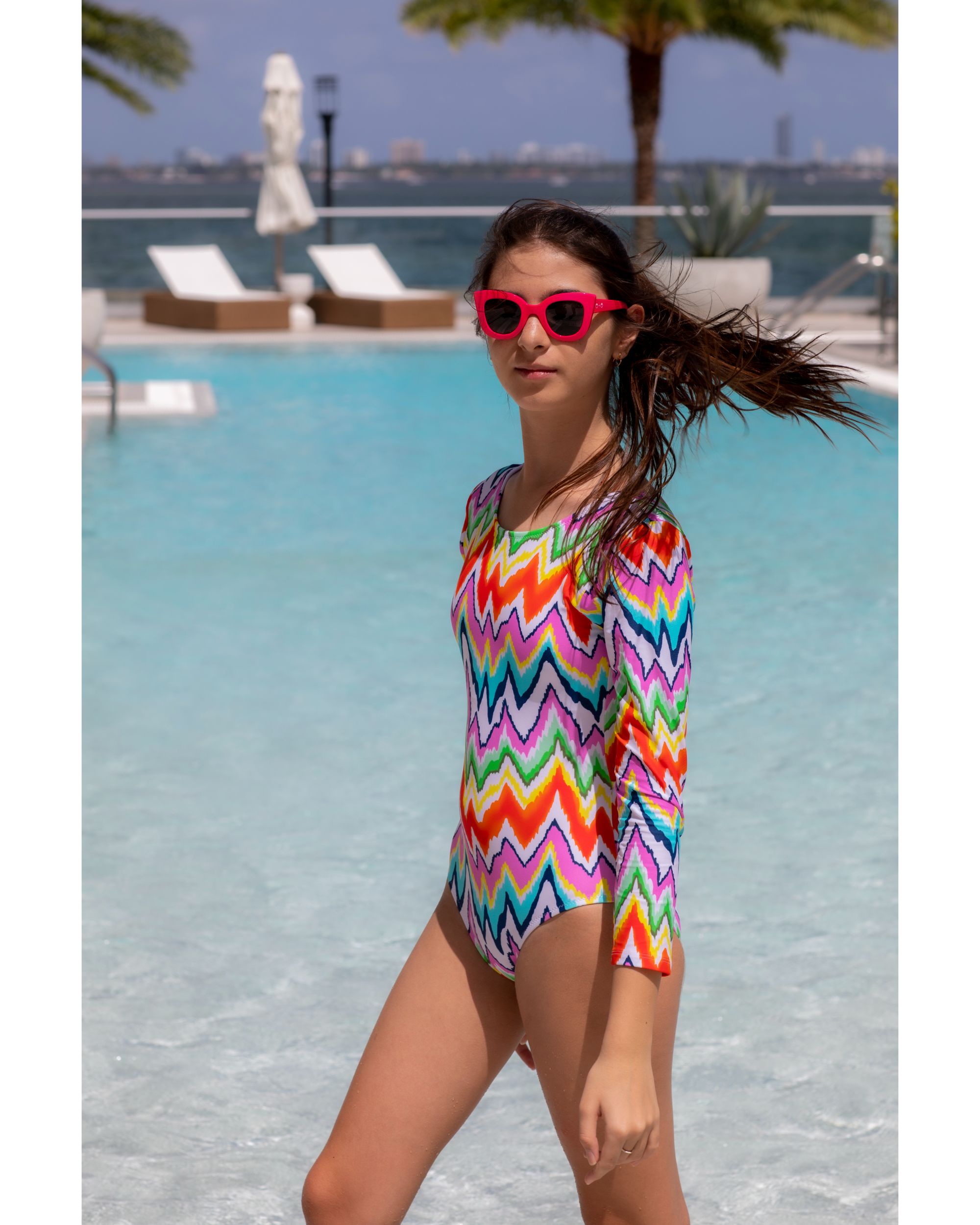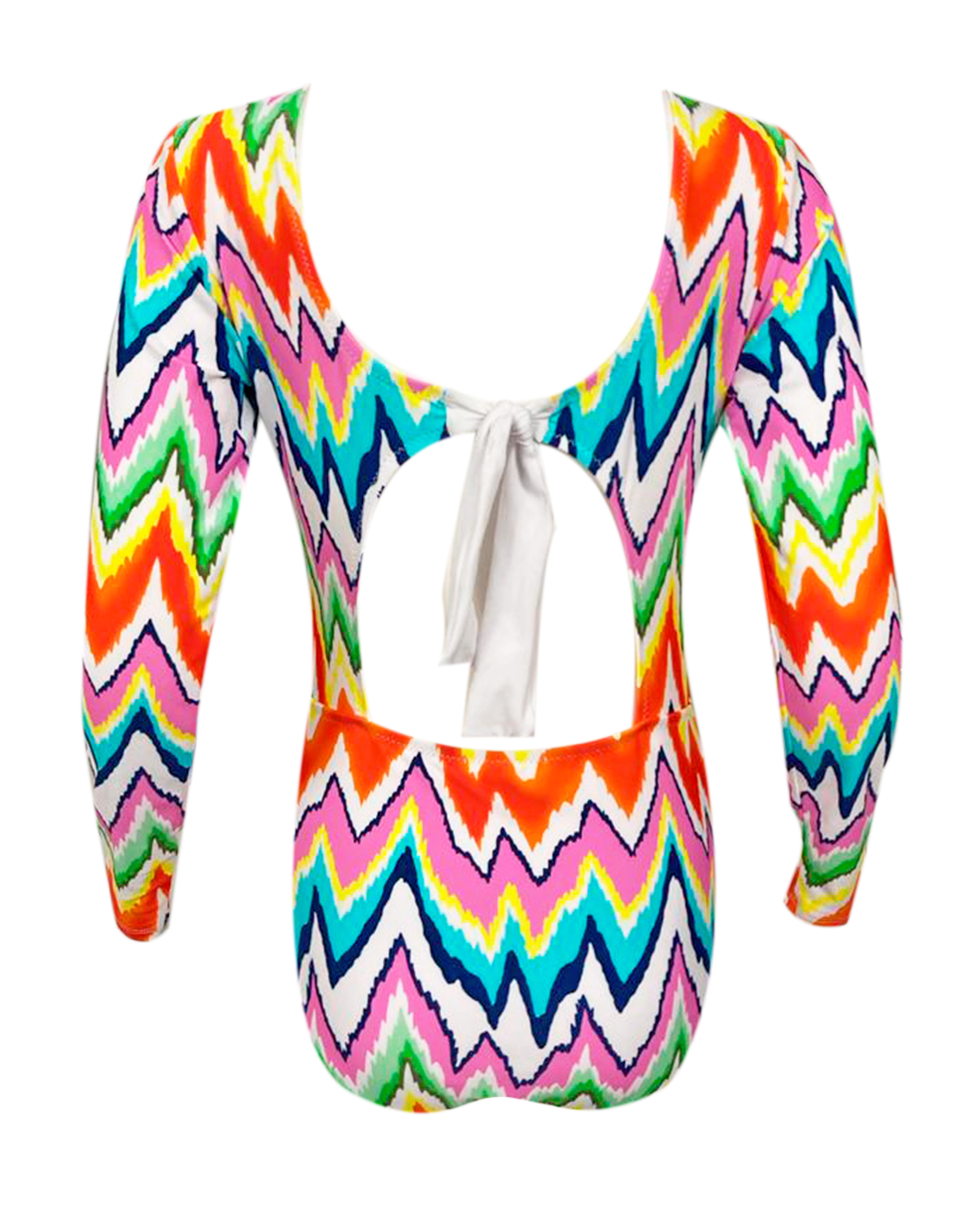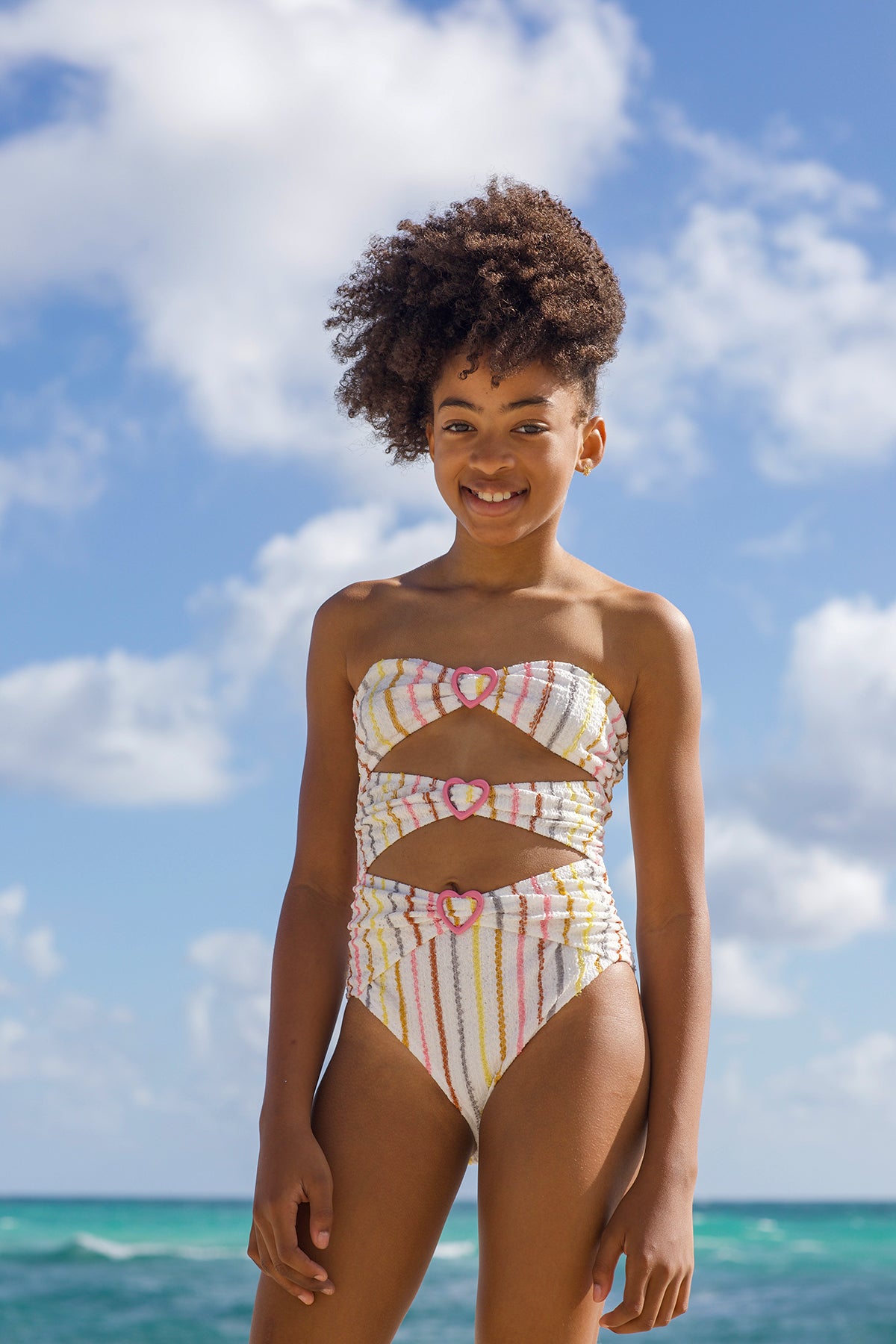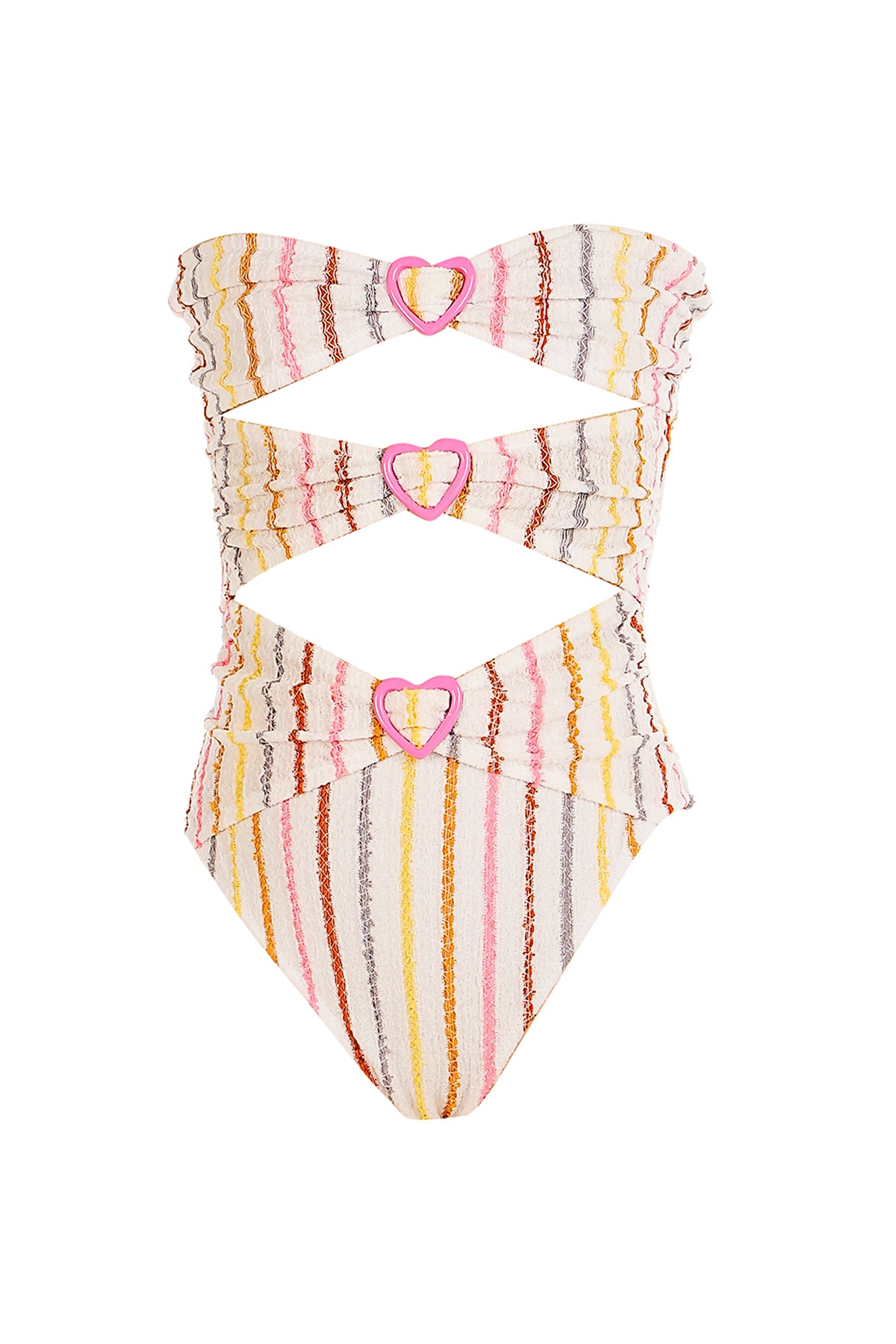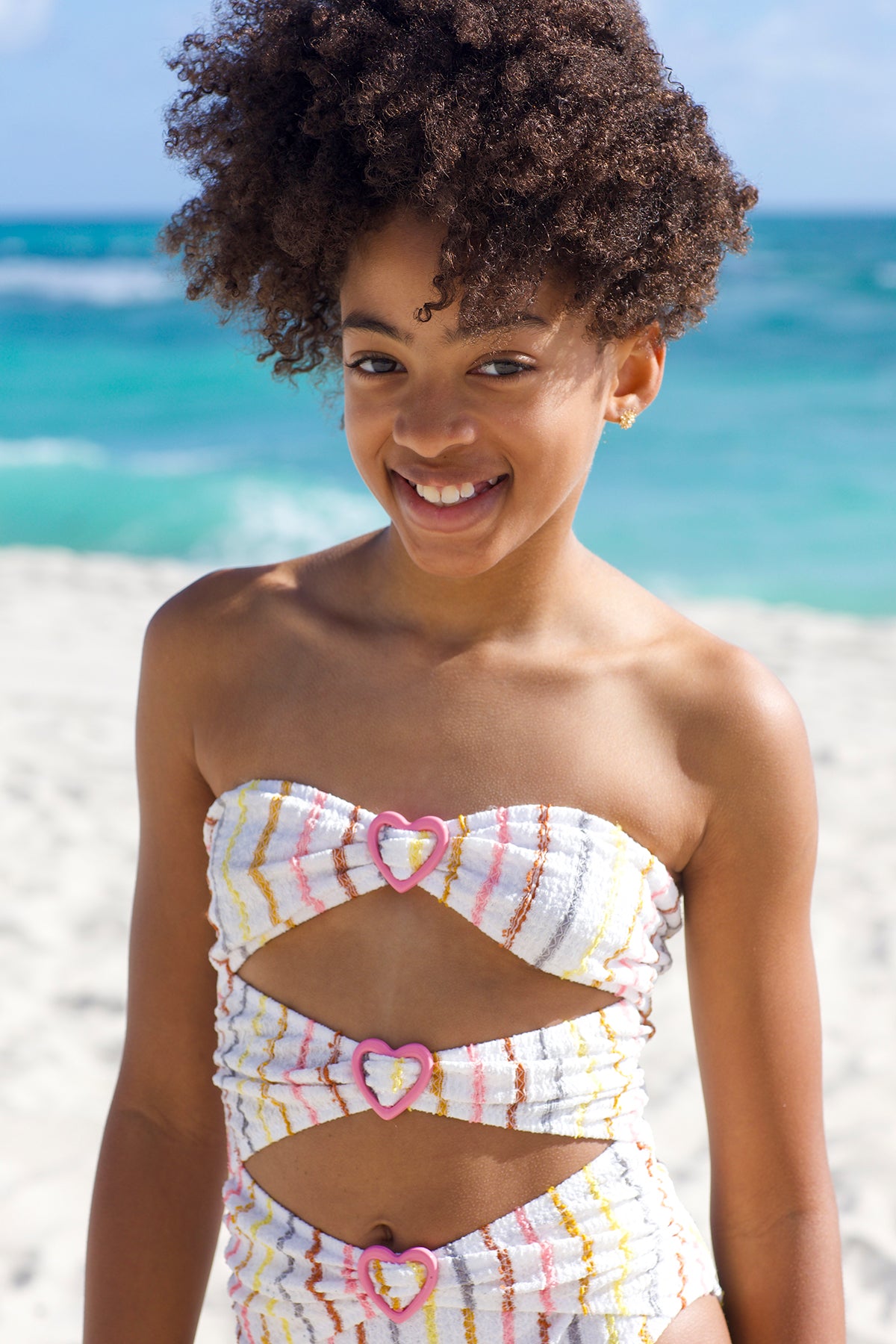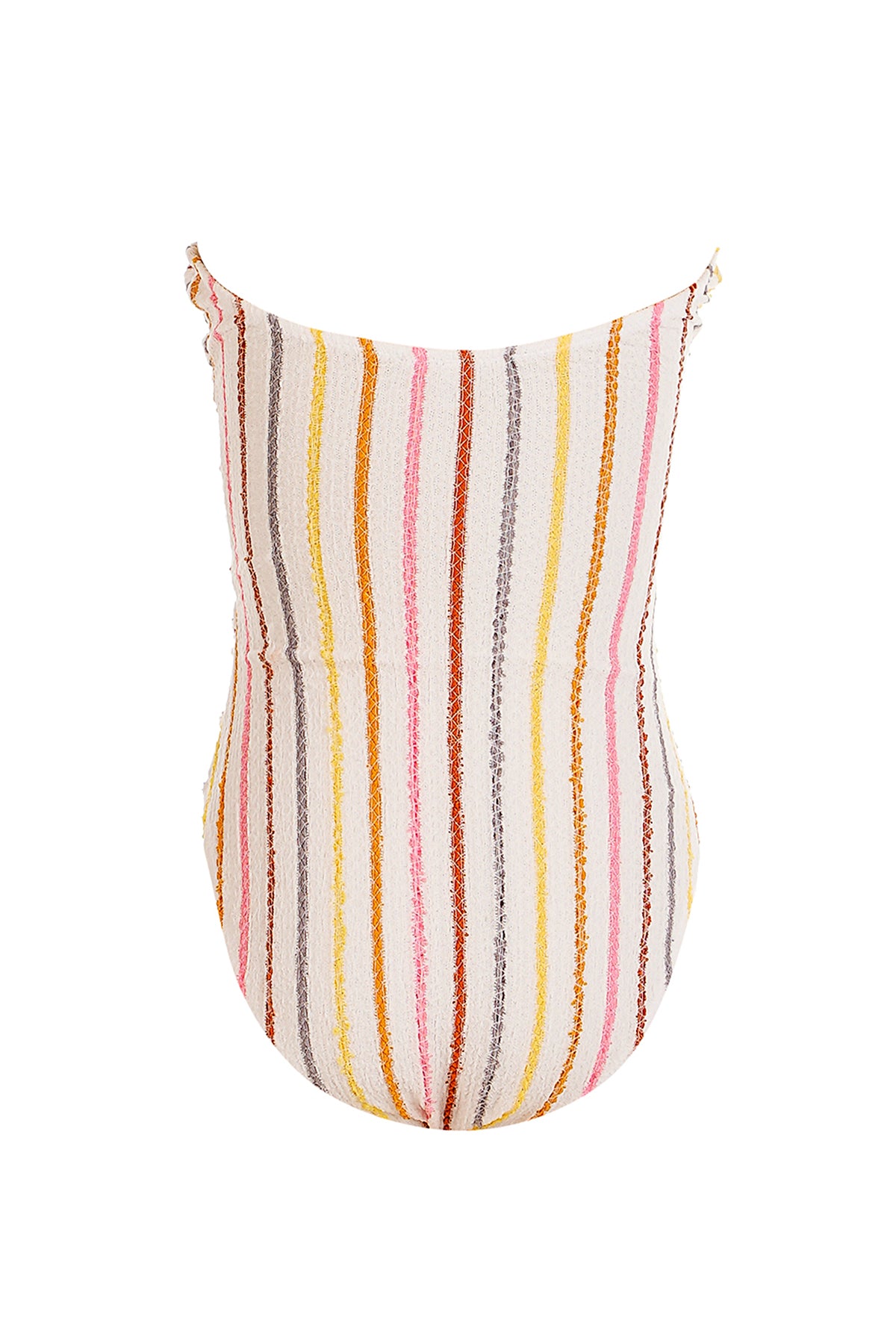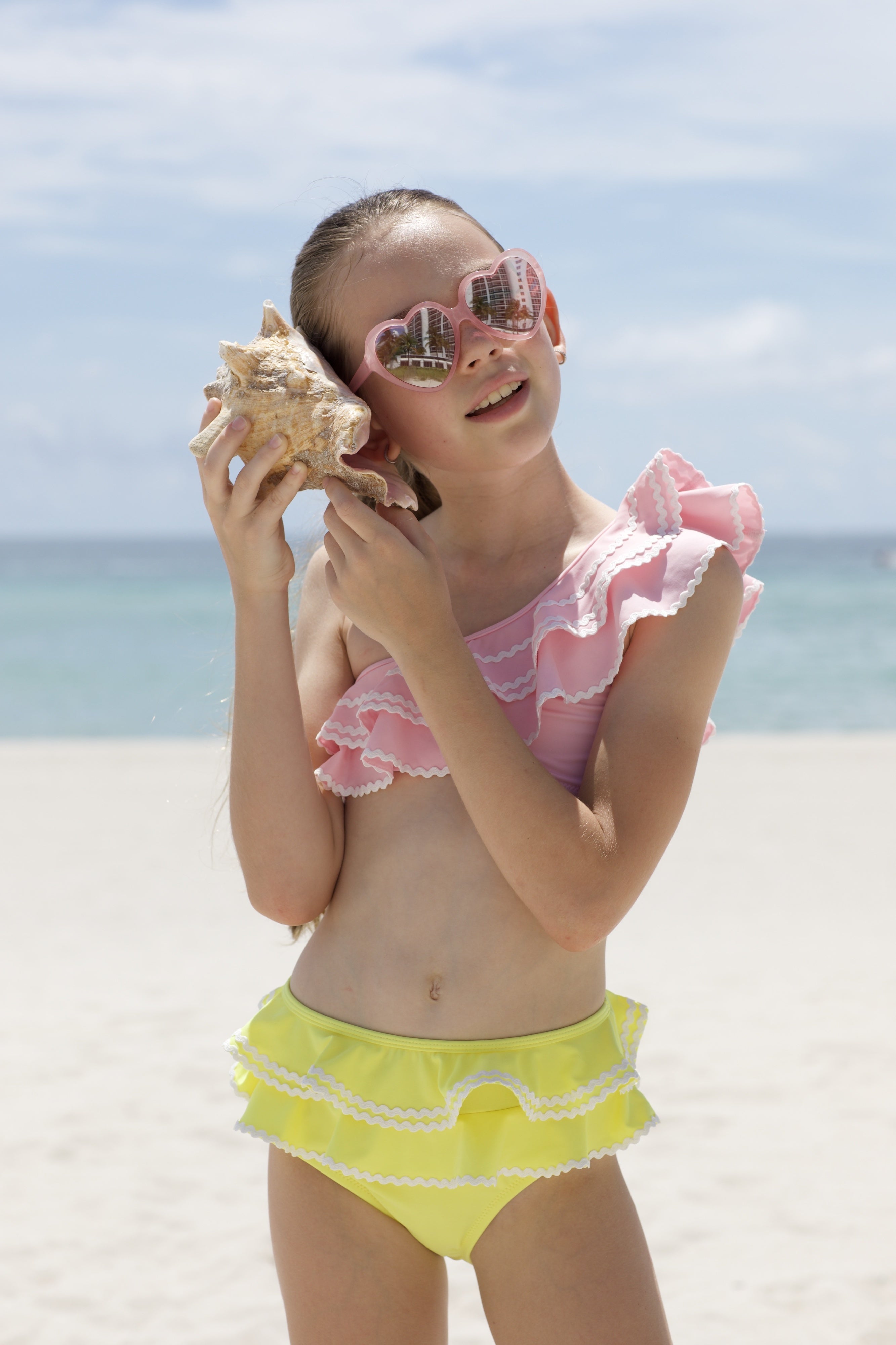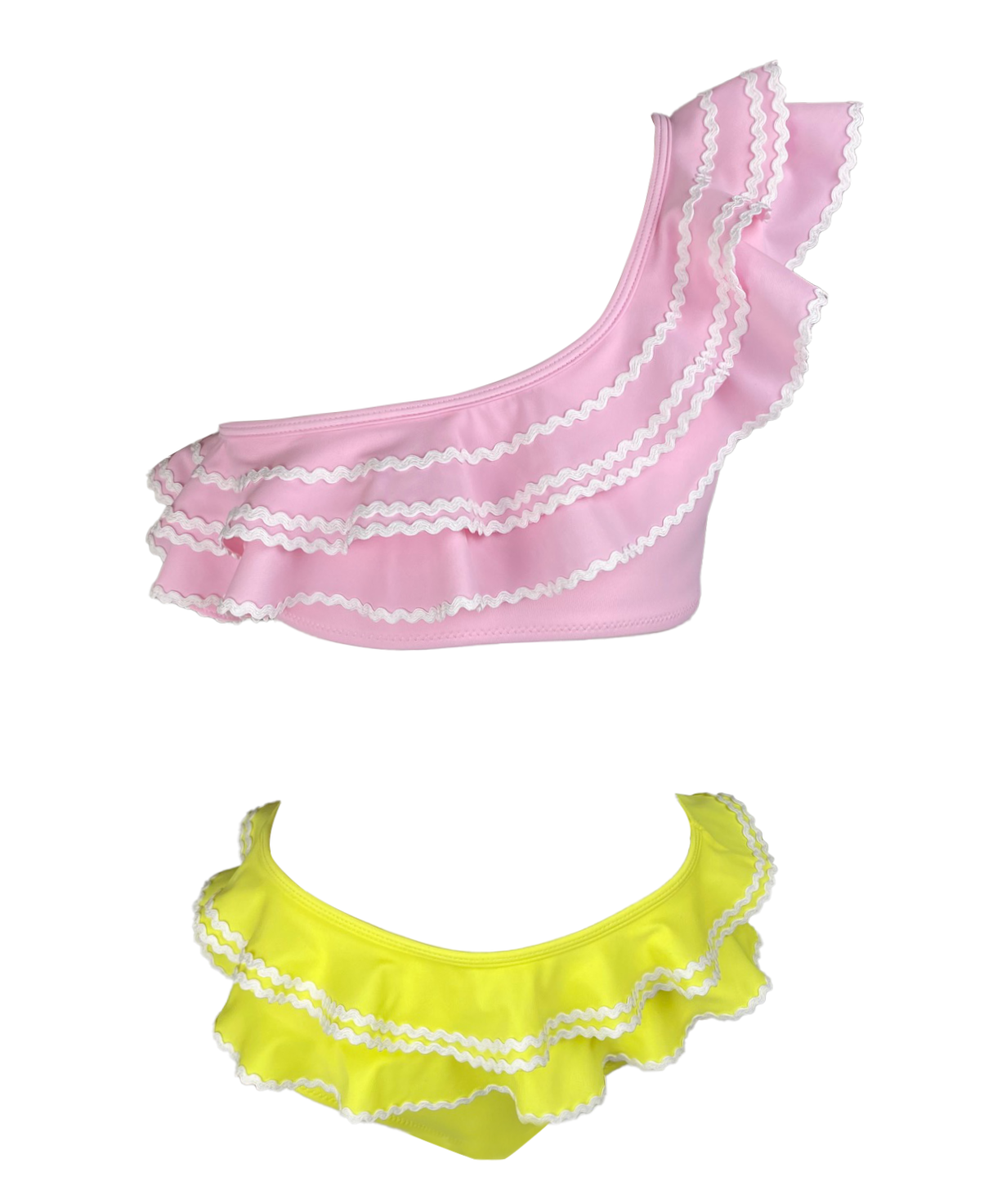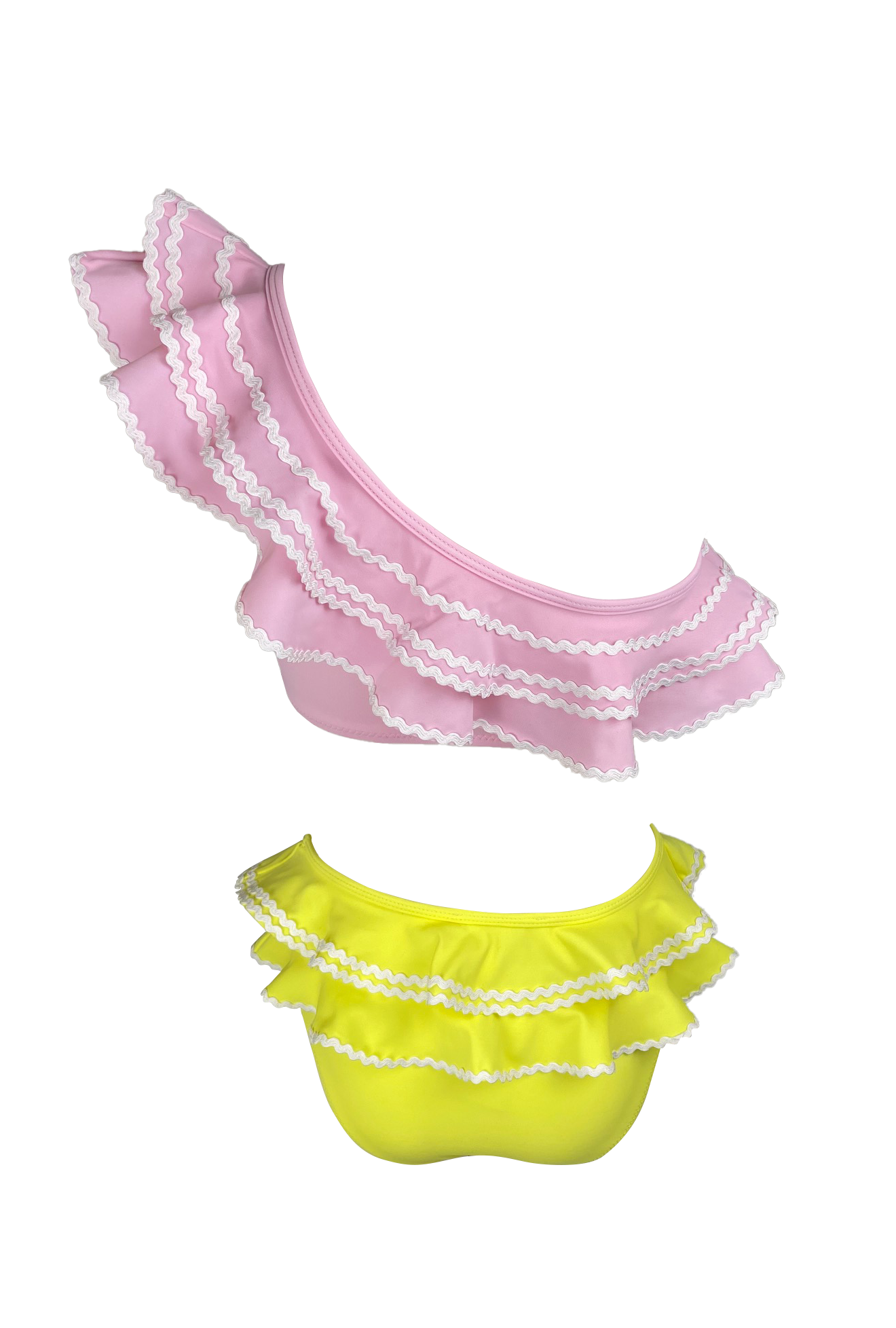Choosing the right swimsuit starts with understanding the best swimwear fabric for your needs. With so many options available, picking that perfect material can be overwhelming. From durability to comfort and style, each fabric brings unique benefits and challenges. In this guide, we will uncover the top five fabrics for swimwear, discussing their pros and cons, so you can make an informed choice, whether you're lounging by the pool, hitting the waves, or diving into a competitive swim. Let’s dive in!
Best Swimwear Fabric: Why Polyamide and Elastane Lead the Way
What Makes a Great Swimwear Fabric?
Before diving into the details of polyamide and elastane, let’s look at what qualities matter most in swimwear fabrics:
-
Stretch and flexibility for unrestricted movement
-
Durability against chlorine, salt water, and UV rays
-
Quick drying to stay comfortable after swimming
-
Soft touch for an enjoyable wearing experience
-
Colorfastness to keep prints and shades vibrant
Polyamide: Softness Meets Strength
Polyamide (nylon) is widely loved in swimwear because it delivers both performance and comfort.
Key Benefits of Polyamide:
-
Lightweight and silky texture
-
Excellent durability for repeated wear
-
Fast drying and low water absorption
-
Bright, long-lasting colors even after sun and wash exposure

Elastane: The Stretch Factor
Elastane, also known as spandex or Lycra®, gives swimwear its signature flexibility.
Why Elastane Matters:
-
Exceptional elasticity that adapts to every body shape
-
Maintains shape without sagging
-
Enhances comfort during sports, surfing, or long swims

The Winning Combination: Polyamide + Elastane
When blended together, polyamide and elastane create the ultimate swimwear fabric. Most premium swimsuits use a mix of around 80% polyamide and 20% elastane.
Advantages of the Blend:
-
Soft, silky feel (from polyamide)
-
High stretch and perfect fit (from elastane)
-
Long-lasting durability against sun, salt, and chlorine
-
Stylish and flattering look for all body types
Other Options: Polyester and PBT
Some swimwear brands also use polyester or PBT blends because of their strong chlorine resistance. However, they often lack the premium softness and sleek drape of polyamide and elastane. For this reason, fashion-forward swimwear brands usually choose polyamide + elastane for the best balance of comfort and style.
Care Tips to Extend Swimwear Life
Even the best fabrics need proper care. To keep your swimsuits in top condition:
-
Rinse with fresh water after each swim
-
Hand wash in cold water with mild detergent
-
Avoid wringing or tumble drying
-
Dry flat in the shade, not under direct sunlight
Conclusion
The best swimwear fabric combines comfort, durability, and flexibility—and that’s exactly what you get with a polyamide and elastane blend. Whether it’s for a bikini, one-piece, or sports swimwear, this fabric mix guarantees long-lasting style and performance.


